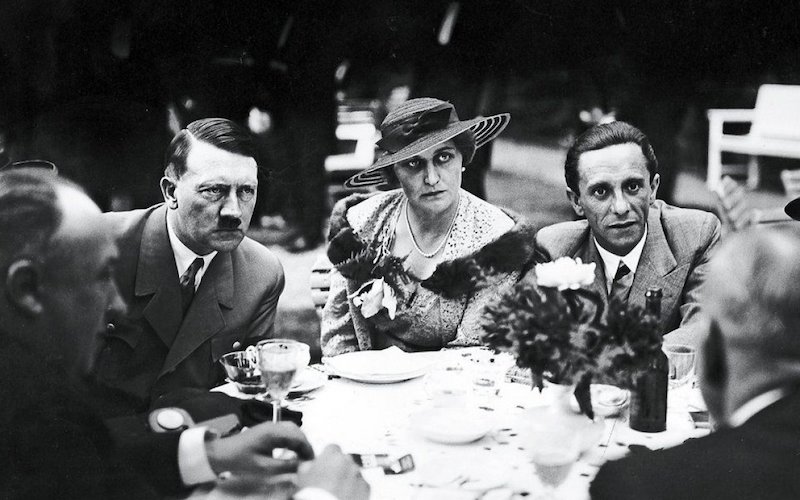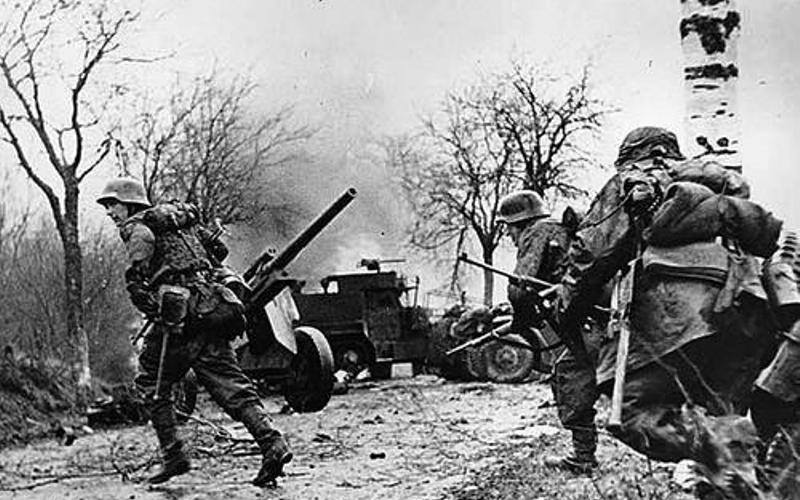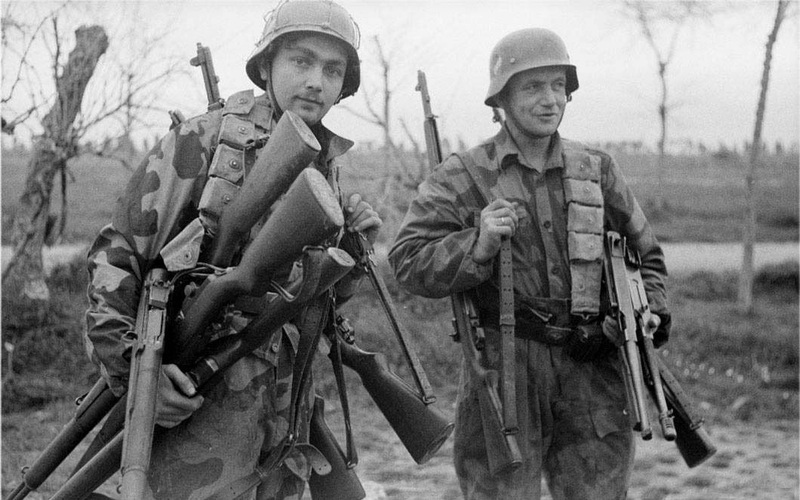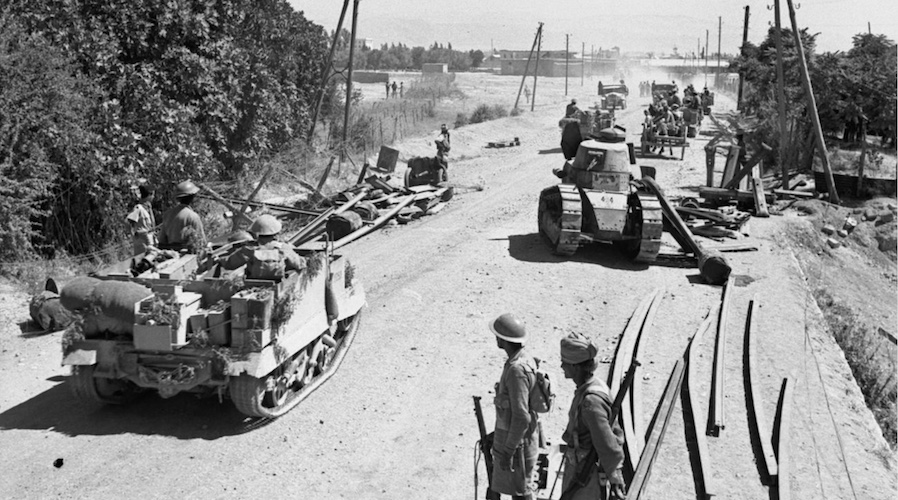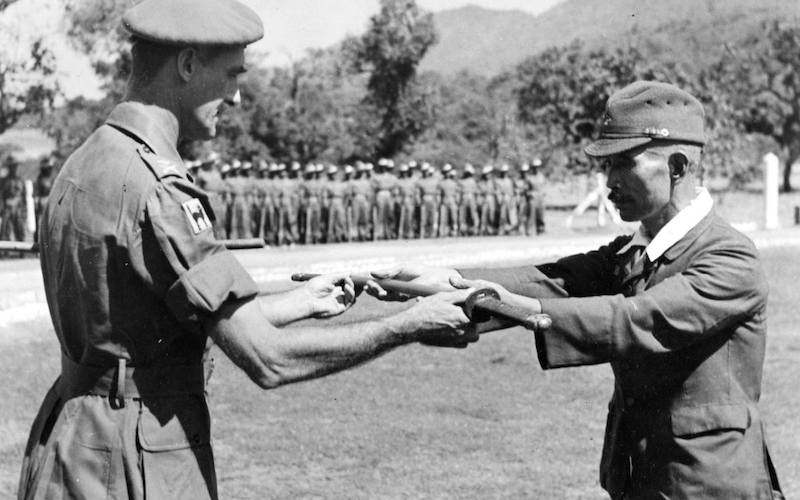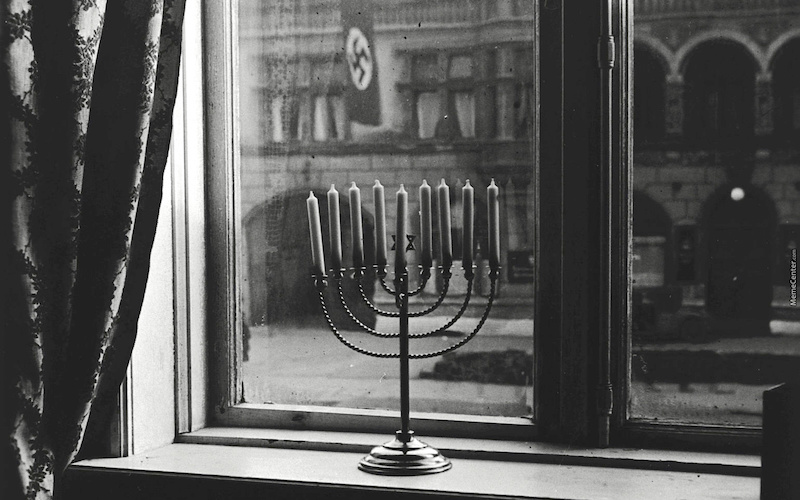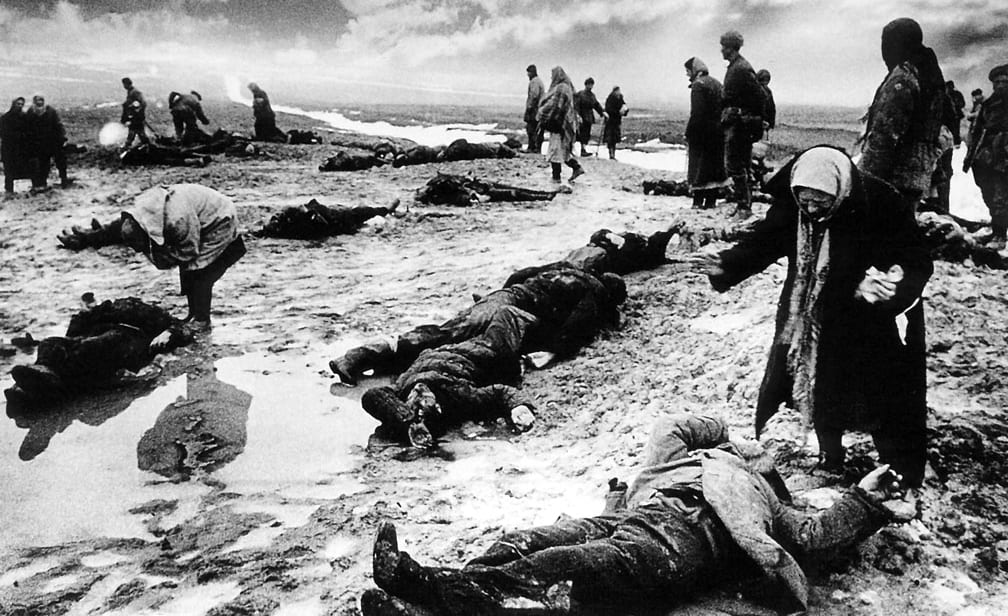
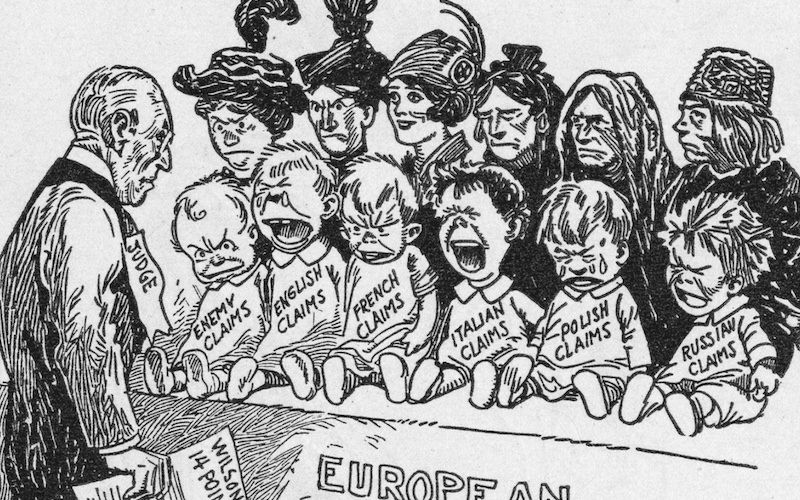
The End of World War One and the Paris Peace Conference
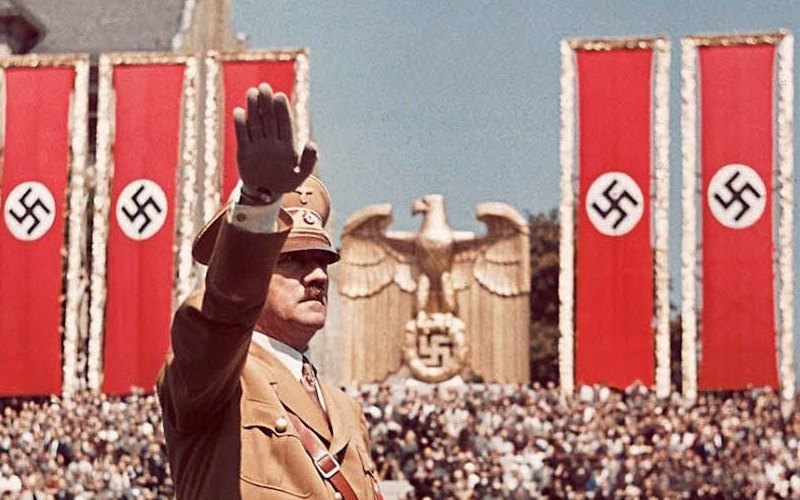
The Road to World War Two

Hitler’s Rise to Power
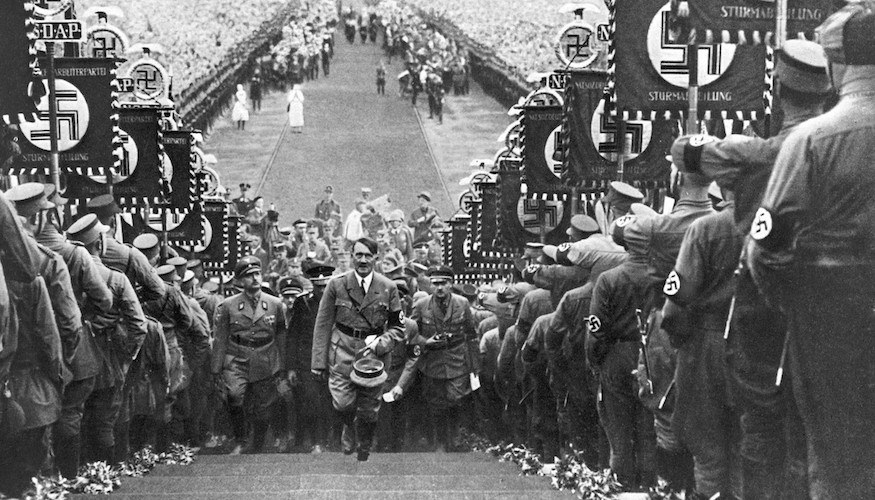
Nazi Germany
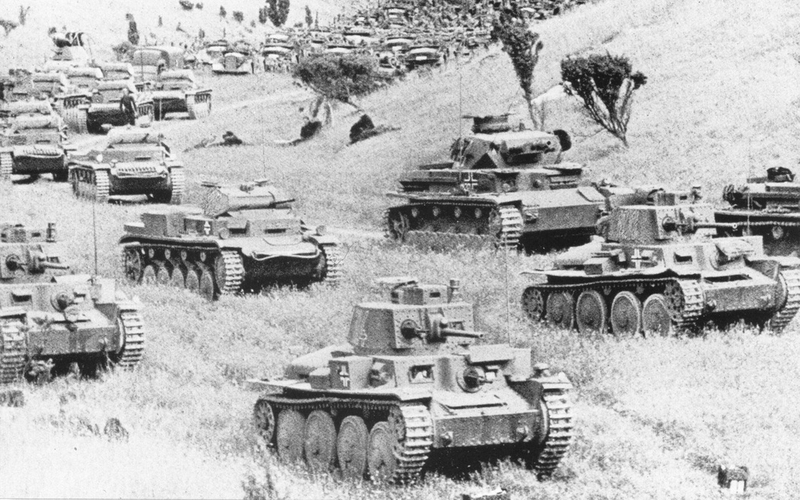
Blitzkrieg
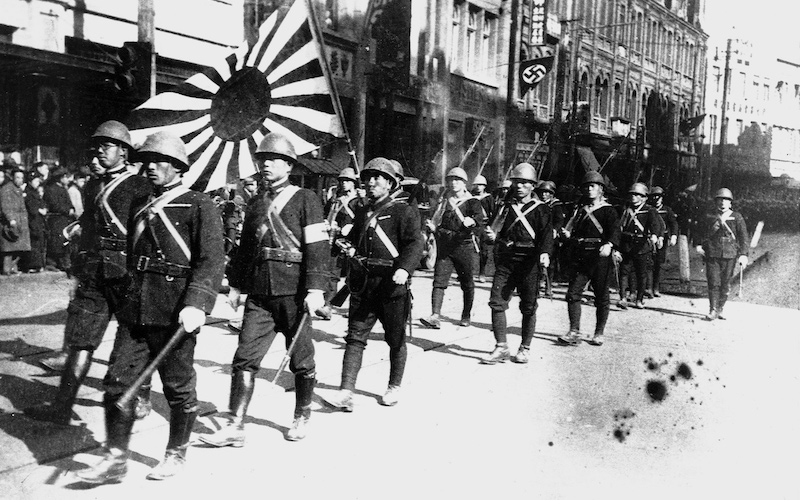
Japan on the Path to World War Two
World War Two began when Poland was invaded by Nazi Germany. As a reaction, France and Great Britain declared war on Germany. The Soviet Union also invaded Poland from the east in accordance with the non-aggression pact it had with Germany. Afterward the Soviets invaded Finland. The Soviet attack on Finland ended with the Treaty of Moscow, in which Finland lost part of its territory.
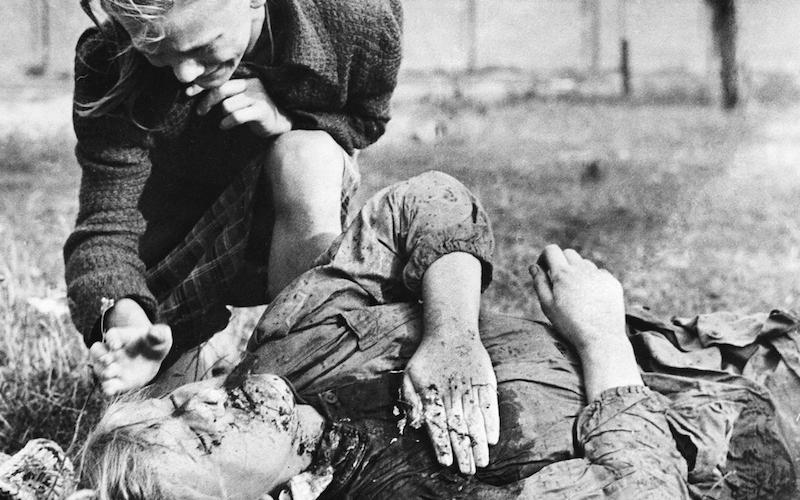
Invasion of Poland
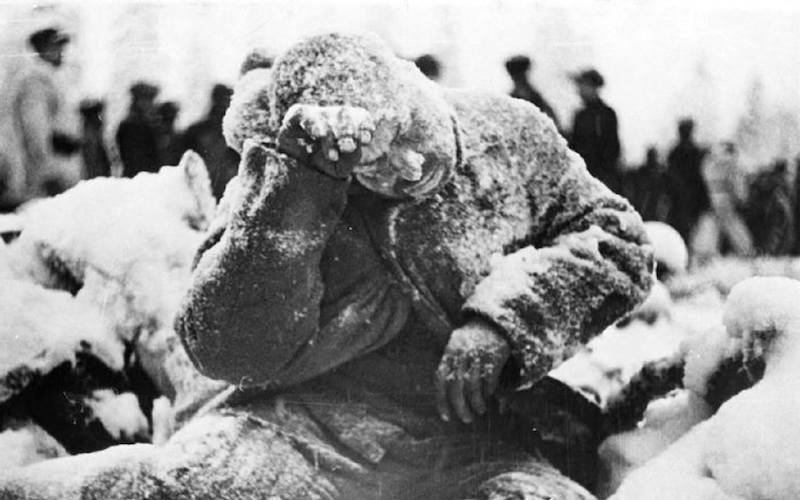
Winter War
After the invasion of Poland, Hitler turned his attention to the western Allies. He invaded Norway and Denmark for much needed iron ore resources. In Denmark, the small Danish forces were unable to mount a defense against the German invaders. The country fell in a single day. In Norway, the locals were able to mount a defense with British help for two months before defeat. At the same time the German Army attacked the Low Countries and France. The Germans mounted a diversionary attack through Belgium and the Netherlands, into northern France across the Maginot line, the main French line of defense. The main attack came through the Ardennes, a heavy forested region that was lightly defended by the Allies. Using mechanized forces the Germans caught the Allies by surprise, ... quickly advancing into France. At the point of collapse, what was left of the British Expeditionary Force was evacuated at Dunkirk, along with some French units that formed the Free French Forces, under the leadership of Charles de Gaulle. The battle of France was a resounding success for the Germans, with German troops entering Paris and occupying France for the next four years. After the battle of France was over, Hitler turned his attention toward Britain, launching a series of aerial attacks across the Channel. The lack of a coherent strategy from the beginning to the end of the campaign did little to help the Germans, and much to hinder them. In the end, the battle of Britain did not go well for the Germans, who were forced to cancel their planned ground invasion of the island. The British had managed to successfully defend their homeland.read more
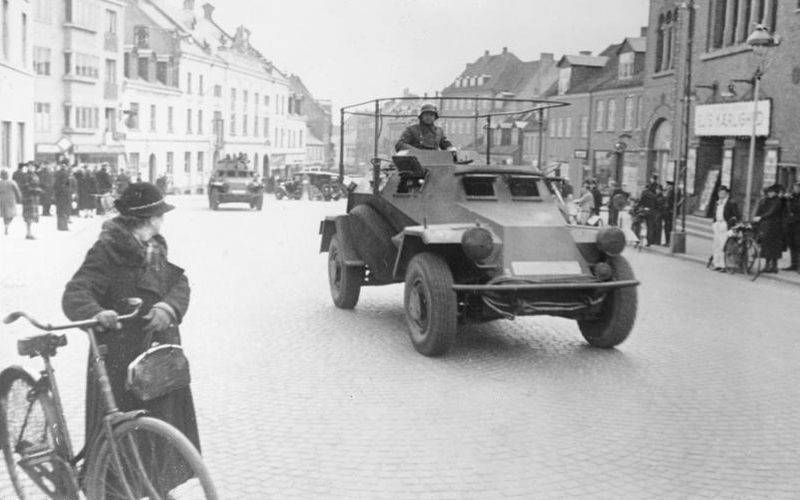
Operation Weserübung, Invasion of Denmark and Norway
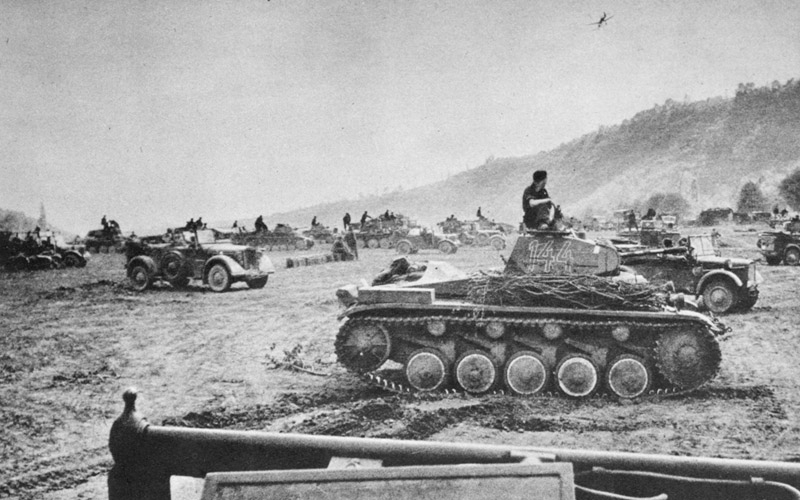
Battle of France
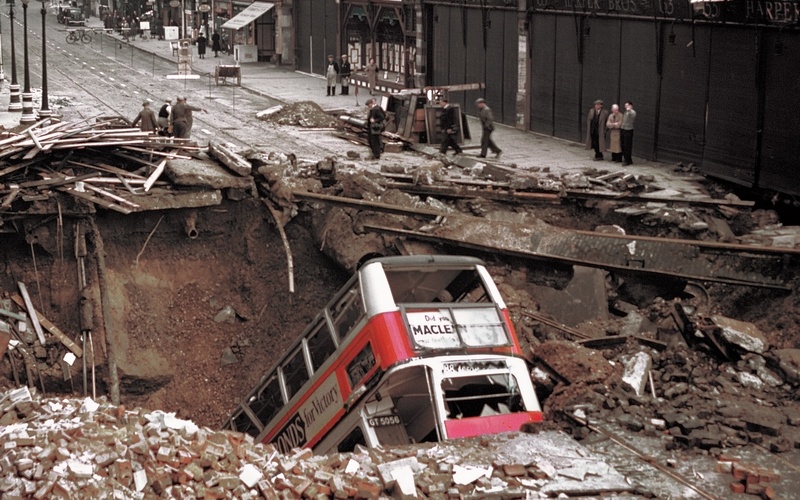
Battle of Britain
After the Battle of Britain was over, no major military operations were undertaken on the Western Front until the invasion of Normandy. Known also as Operation Overlord, the invasion was a huge military undertaking that required years of planning by the Allies. During the invasion, the coast of Normandy was assaulted at five key points codenamed Utah, Omaha, Juno, Gold and Sword beaches by American, Canadian and British troops. The attack also employed paratroopers who parachuted behind enemy lines in order to secure vital bridges, villages and crossroads. The invasion was successful, and led to the Battle of Normandy. During this campaign the Allies began the liberation of France. By its end the Allies had liberated Paris and were crossing the borders into Belgium and the Netherlands. During Operation Market ... Garden, an ambitious plan was devised to capture the Dutch city of Arnhem, with its strategic bridge across the Rhine. The Allies in the end had to retreat in the face of a determined German resistance.read more
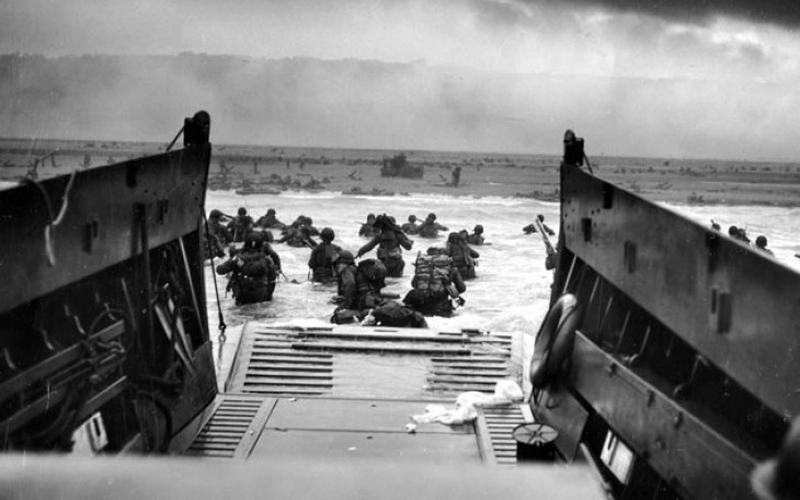
Invasion of Normandy
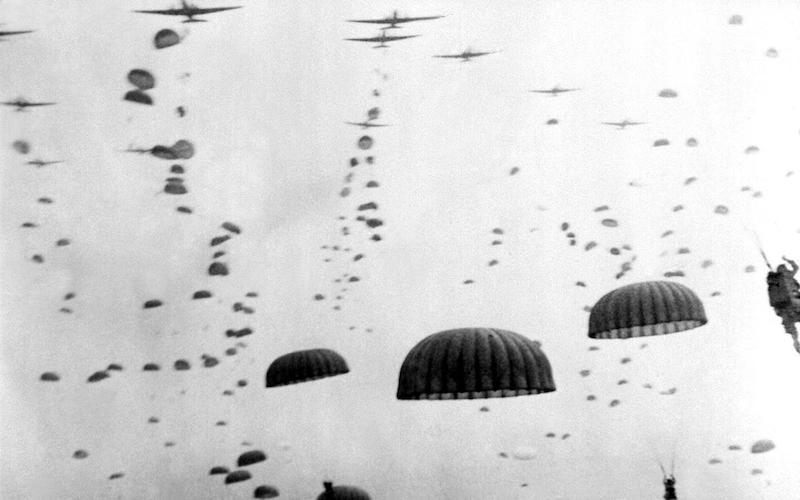
Operation Market Garden
After the successful Normandy campaign and subsequent advance into Belgium and the Netherlands, the Allied armies found themselves on Germany's western border. Here the Germans had constructed a series of complex fortifications known as the Westwall or Siegfried Line. It was here that the Germans took the time to reorganize their armies, and managed to grind the Allied advance to a hold. The first major obstacle for the Allied advance was the city of Aachen, inside the German border. The city was defended by a combination of veteran German troops and raw recruits in heavy urban fighting. This battle was one of the largest urban battles for the American forces in World War Two. Aachen was the first German city to fall into Allied hands, but the determined German defense ... seriously disrupted Allied plans for the future. Another important battle in the area took place at Hürtgen Forest. Here, the Americans’ initial goal was to support the Aachen campaign by pinning down German reinforcements. A second objective was for the Americans to outflank the Germans. The German army fiercely defended the area because it was the staging ground for their upcoming 1944 winter offensive. Simultaneously, the Allies launched Operation Queen, a wide offensive whose objective was to gain access to the Rur River, as a staging point for a further Allied thrust into Germany. The German soldiers managed to stop the Allied advance in all sectors, including Hürtgen Forest. Allied offensive operations were stopped when the Germans launched their own offensive, later known as the Battle of the Bulge.read more
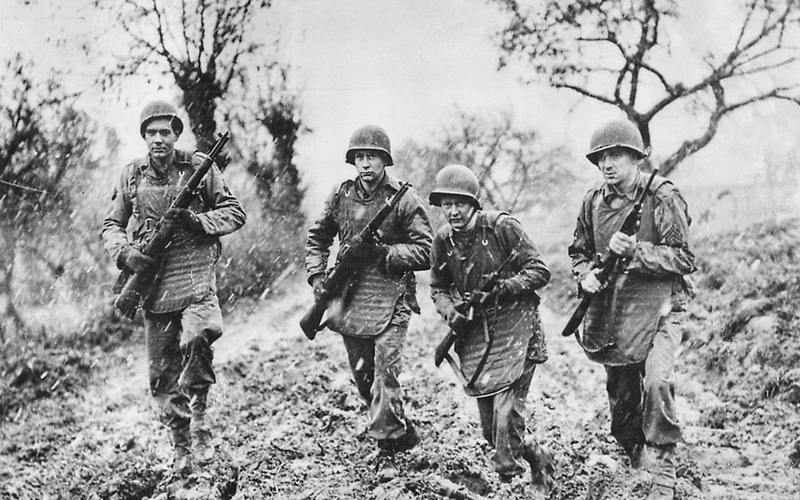
The Siegfried Line
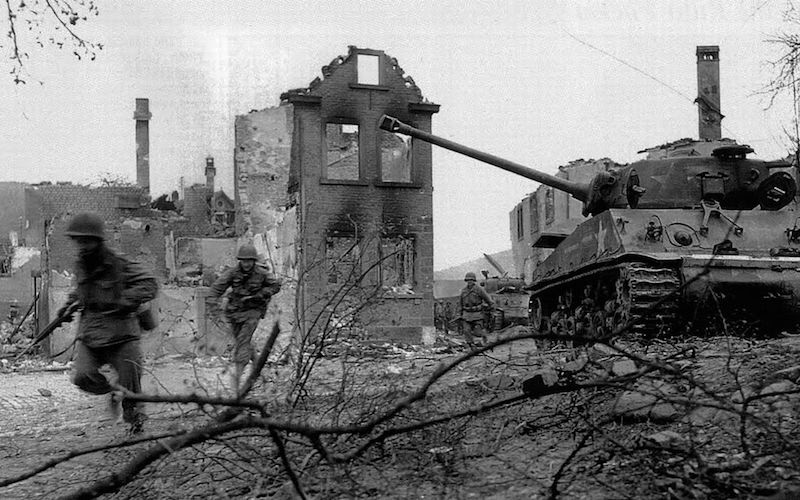
Battle of Aachen
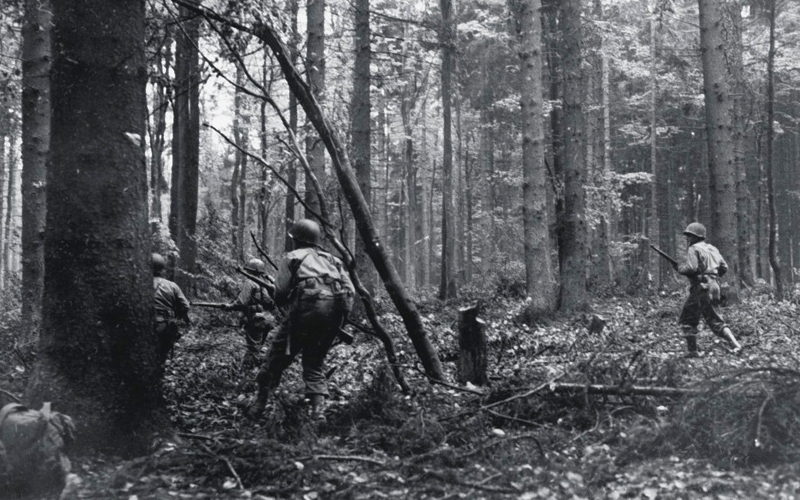
Battle of Hürtgen Forest
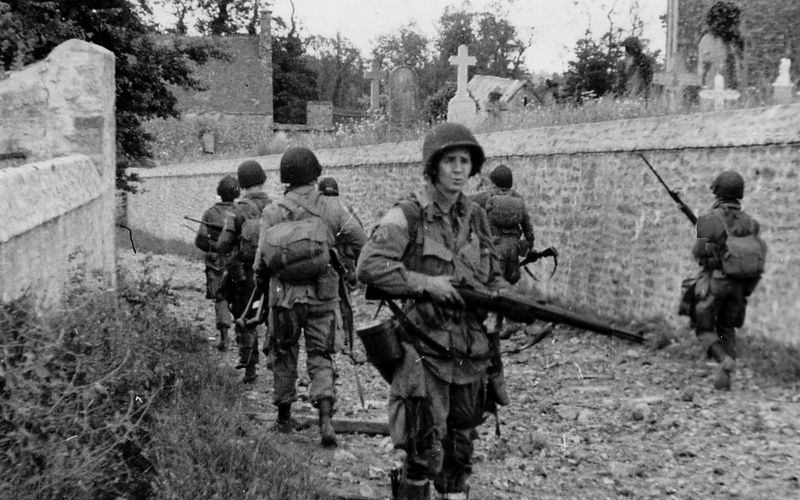
Operation Queen
The German army launched one last offensive on the Western Front, through the Ardennes sector of the front. Here they hoped to achieve a decisive breakthrough of the front and in doing so to force the Allies to open peace negotiations. Although the initial attack caught the Allies completely by surprise, with the Americans bearing the brunt of the German onslaught, they managed to stem the tide. The Germans intended to reach the Belgian port of Antwerp, thus allowing them to encircle and destroy four Allied armies. Fierce resistance in the southern part of the front, around Bastogne, and in the north at Elsenborn Ridge, blocked the German advance. They could not reach vital roads that they counted on to achieve a decisive breakthrough. Afterward, the weather conditions improved, allowing ... the Allies to resume aerial attacks against the Germans, thus sealing the failure of the offensive.read more
After the Battle of the Bulge failed, the German lines collapsed and the Allied armies started their trek into Germany. Over the next few months the Allies would advance ever deeper into Germany. With the Russians pressing from the east and the Allies from the west, the Germans found themselves in increasingly desperate situations. Their military was disintegrating, their cities were in ruin, and the civilian population was dying of hunger. In these conditions, defeat was inevitable. The first major obstacle the Allies faced in Germany was the crossing of the Rhine river. Allied preparations for the crossing developed into two operations, Veritable and Grenade, destined to close in on the Rhine. During the Battle of Remagen, American forces managed to capture intact the Ludendorff bridge over the Rhine. Thus ... the Americans were the first to cross the Rhine river. After the Rhine crossing, the Allies started their advance into Germany with force, capturing city after city. German forces were surrounded and destroyed in the Ruhr pocket. At Torgau, American and Russian forces met for the first time, while crossing the river Elbe.read more
During Operation Barbarossa, Germany invaded the Soviet Union. Although the Germans initially inflicted devastating defeats on the Soviet Red Army, the onset of the terrible Russian winter slowed their advance to a crawl. The Soviets managed to reorganize and successfully defend their capital, Moscow. Further German offensive operations followed in the spring, when the Germans attacked on the Southern portion of the front with the intention of capturing the city of Stalingrad, on the Volga river. Initially the German offensive went smoothly and the army reached the city. A bloody urban battle followed where the two enemy forces fought for every street and apartment building in the city. Slowly, the Germans managed to push the Russian defenders to a few isolated strong points on the Volga river. Then, with the ... onset of winter, the Russians attacked the German flanks outside the city in a devastating counter-offensive. The result of Operation Uranus, as the Soviet counterattack was named, was that the German 6th Army was surrounded in Stalingrad. Another round of desperate and bloody urban fighting followed, with the Germans being the ones pushed to the Volga this time, in an ever shrinking defensive perimeter. The Germans suffered a crushing defeat at Stalingrad. The following spring, the Germans tried to stage a new offensive, at the Kursk sector of the front. However, by this time the Russian military and logistical situation had improved dramatically: the Red Army prepared strong successive defensive positions and awaited the German attack, which they knew was coming. When the Germans attacked they could not penetrate all of the Russian positions, so they had to stop the attack. Kursk is often cited as the turning point of the war; the battle when the initiative changed hands.read more
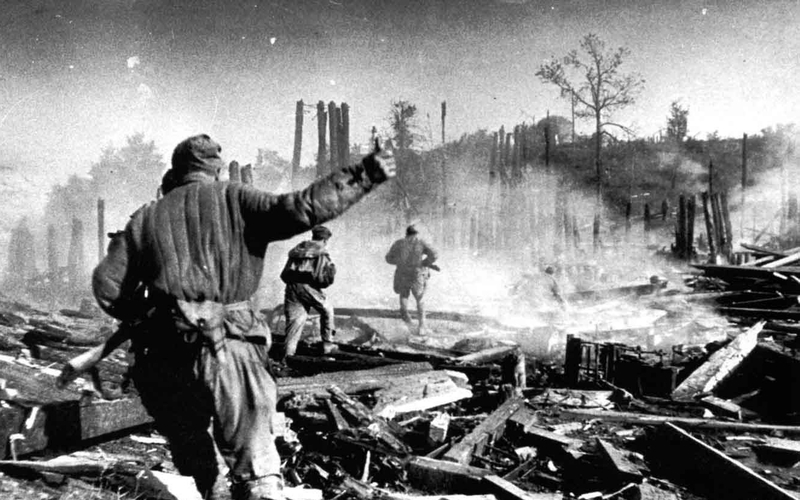
Operation Barbarossa
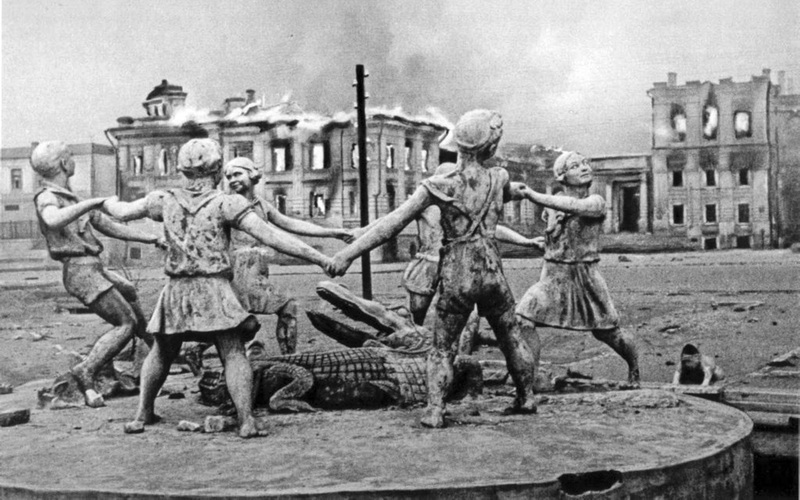
Battle of Stalingrad
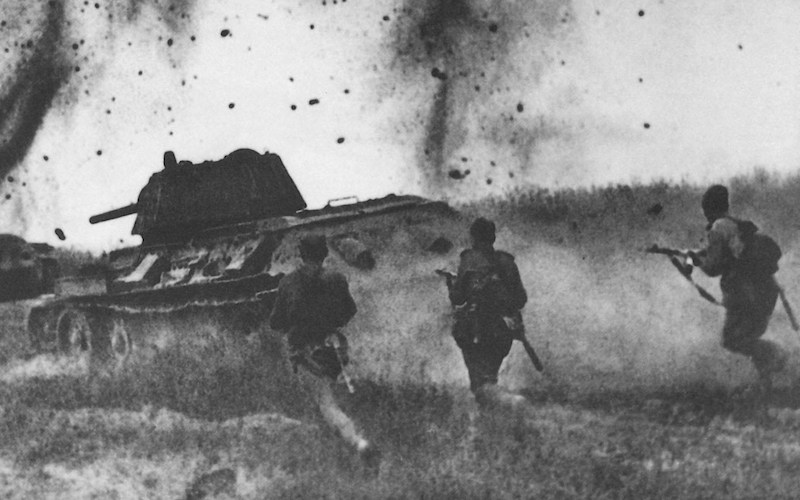
Battle of Kursk
After the Battle of Kursk the Germans were weakened enough that the Red Army managed to gain operational initiative. Enjoying a vast superiority in numbers, and using more and more sophisticated tactics, over the course of a year the Soviets managed to liberate a vast amount of their territory, including the cities of Leningrad, Kiev, Minsk, Sevastopol and Kharkov. During the aftermath of Kursk the Red Army attacked in the Ukraine, and managed to take back Kiev. In the central part of the front, Bryansk and Smolensk were also abandoned by the Germans. In the following winter the Germans were surrounded by the Russians in two great pockets at Korsun-Cherkassy and Ternopol, and suffered heavy casualties. Leningrad was finally liberated, after an almost 900 day siege. In the following spring ... the Red Army started its advance into western Ukraine, crushing the Germans at Brody. In the Crimea, the German-Romanian units had to evacuate the area in and around the city of Sevastopol, across the Black Sea, and into Romania. Operation Bagration was the codename for the Red Army Belorussian Strategic Offensive Operation during World War Two. This operation cleared the German troops from the Belorussian SSR and eastern Poland. The offensive was directed against the German Army Group Center and resulted in the almost complete destruction of this Army Group.read more
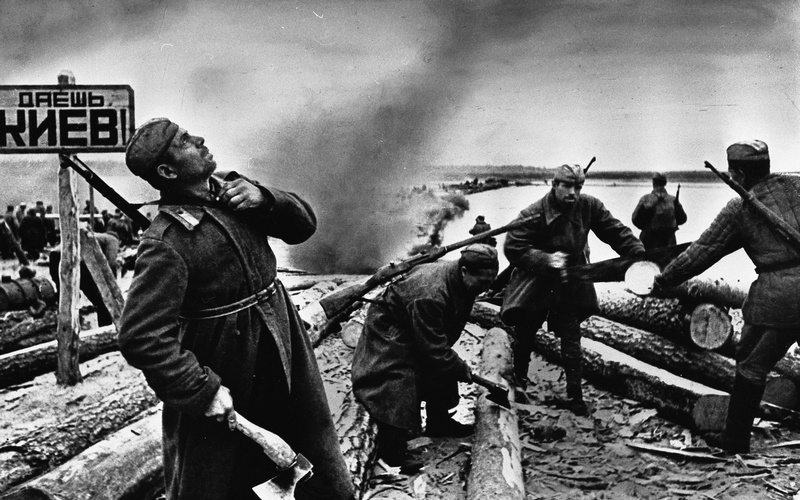
The 1943 autumn soviet offensives
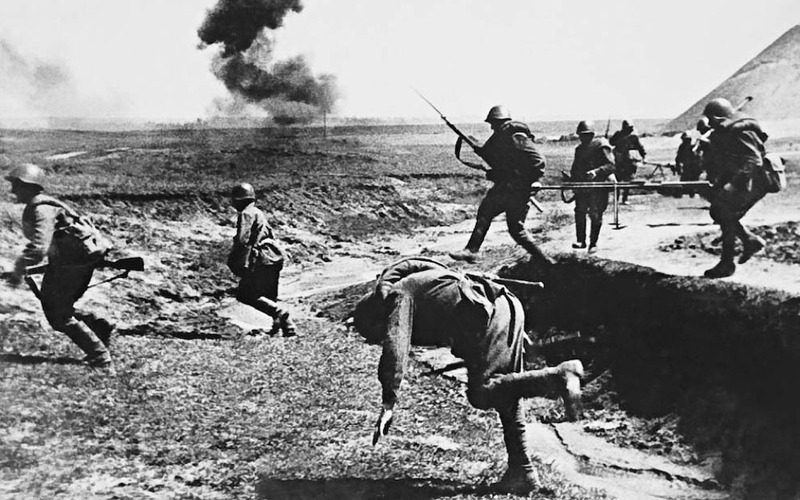
Battle of the Korsun–Cherkassy Pocket
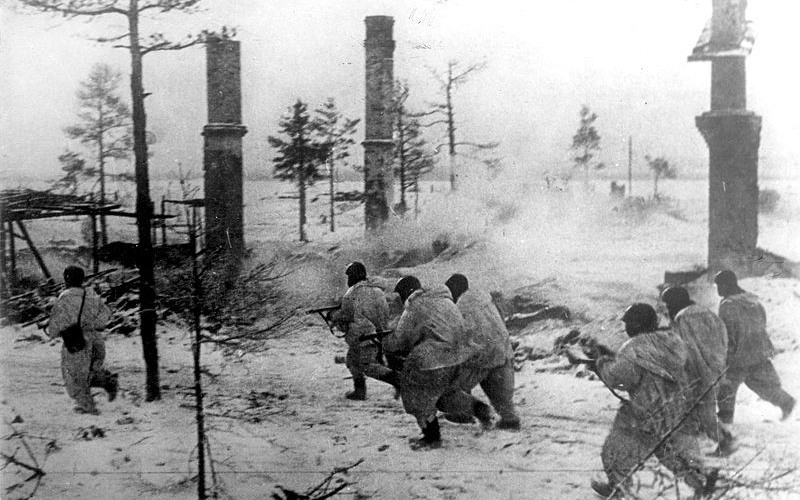
Leningrad-Novgorod Offensive
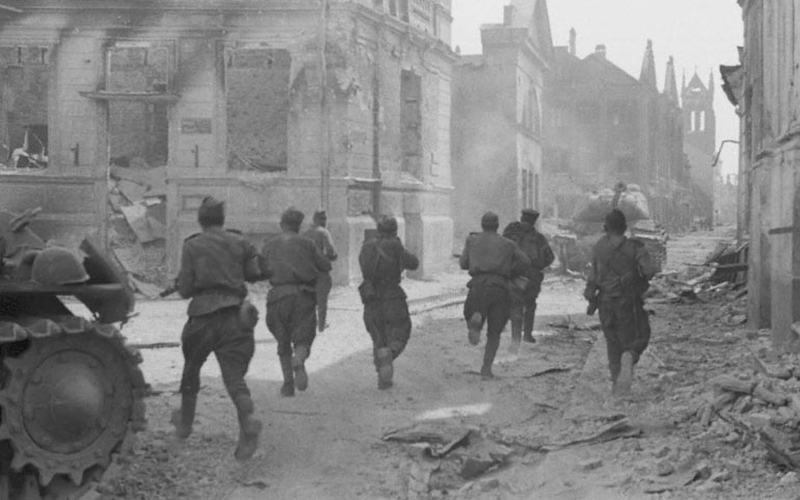
Battle of Ternopol
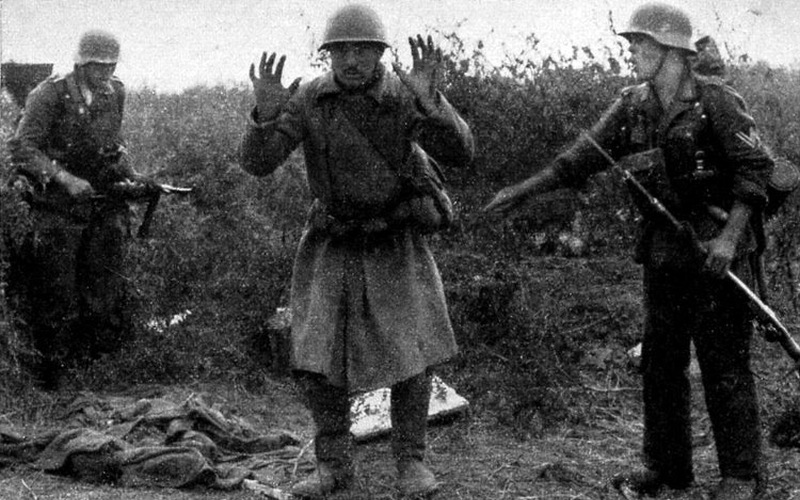
Crimean Offensive
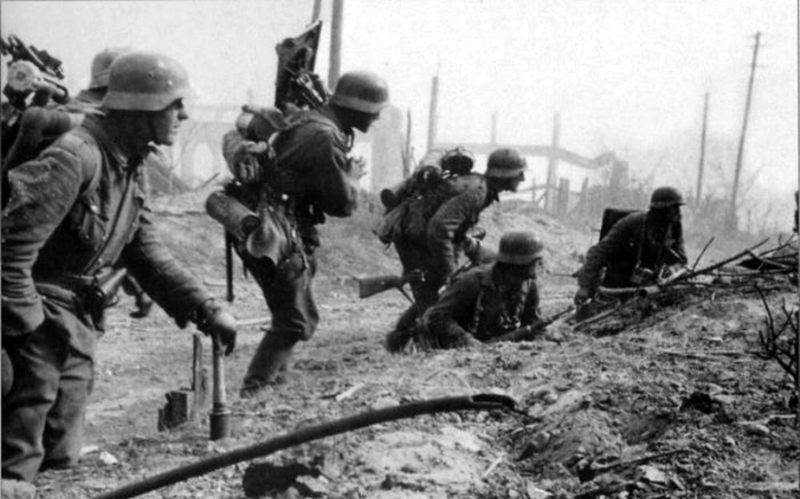
Operation Bagration

Battle of Brody
While the German Army was crumbling, and the Russians were advancing toward the Polish border, the Polish Resistance organized a vast country-wide uprising against the German occupiers. The offensive was especially centered in and around the Polish capital, Warsaw. The uprising in Warsaw began as part of a nationwide operation, codenamed Burza or Tempest. The main objective for the Polish Resistance was to drive the Germans out of the city. A political goal was for the Polish Resistance to assert political authority over the country before the Soviet-backed Polish communists could assume control. Initially the uprising went well, and the Poles assumed control over most of central Warsaw. In the end the uprising failed due to a lack of resources, and because the Red Army failed to support the uprising.
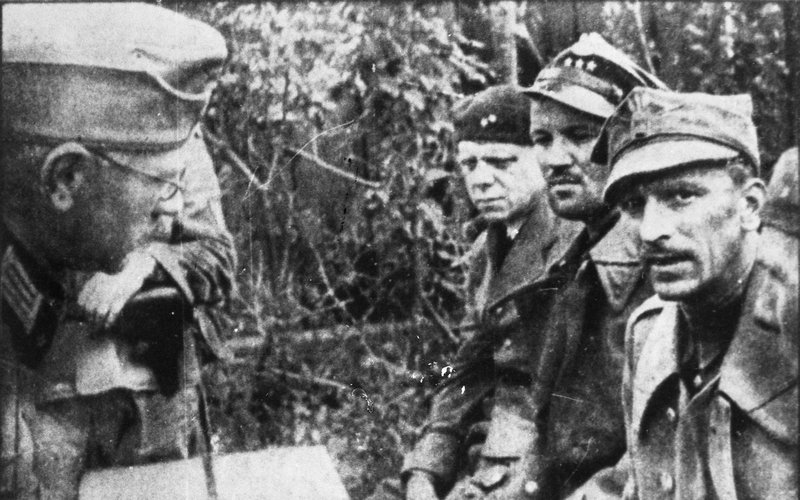
Operation Tempest or Plan Burza
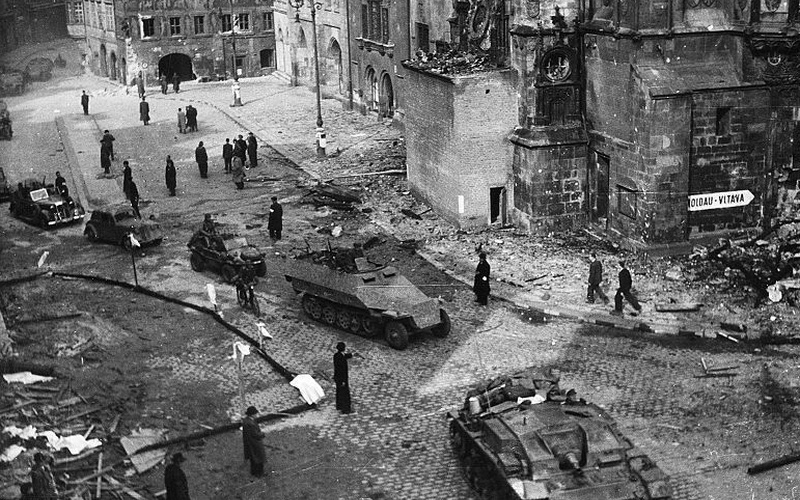
Warsaw Uprising
While the Poles were fighting against the Germans, the Red Army concentrated their efforts against another sector of the front. They launched an attack in northern Romania where they managed to inflict yet another crushing defeat on the Germans and their Romanian allies, who, at last, turned on the Germans. After the battle of Romania was over, the way was open for the Red Army to advance toward central Europe. Bulgaria, Romania, Yugoslavia and parts of Poland and Hungary were taken from the Germans, who suffered one defeat after another.
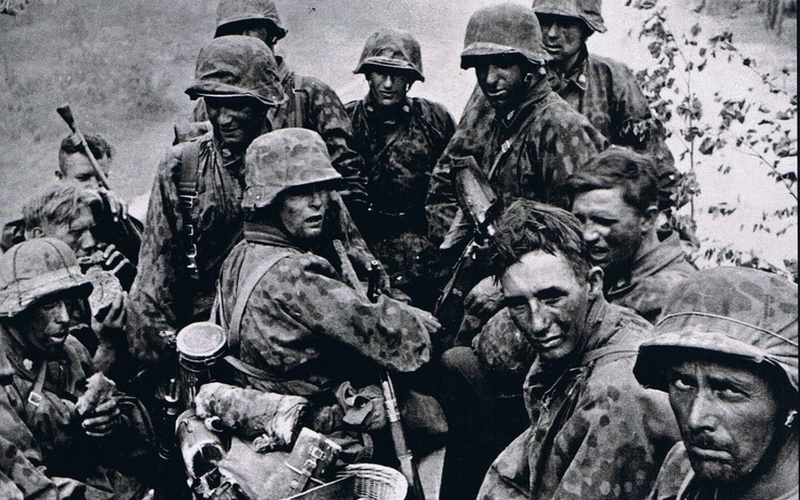
Romanian Front
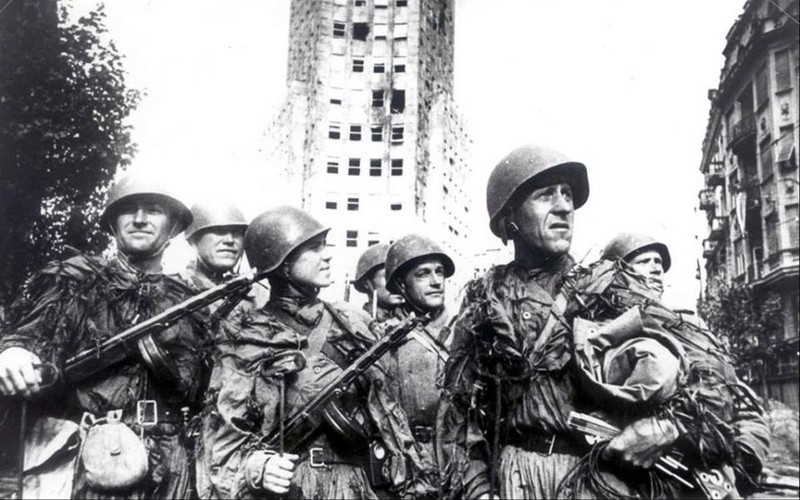
Eastern Front in the Autumn of 1944
In the beginning of 1945, the Soviets staged yet another great offensive against the German lines. Known as the Vistula-Oder offensive, this battle inflicted another defeat on the German Army. The Soviets started their invasion of eastern Germany, with Berlin being their ultimate goal. On other fronts the Soviets and Germans battled for control of Austria, Czechoslovakia and the Hungarian capital, Budapest. The Soviets inflicted defeat after defeat on the remaining Axis soldiers defending these fronts. The Red Army soon reached Berlin. What followed was a desperate struggle for Germany's capital city that, in the end, led to defeat and ruin for the Third Reich.
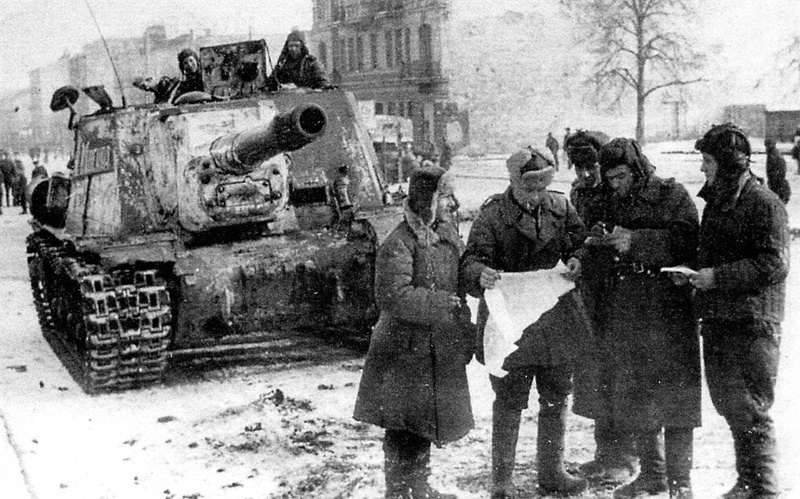
The Eastern Front in 1945
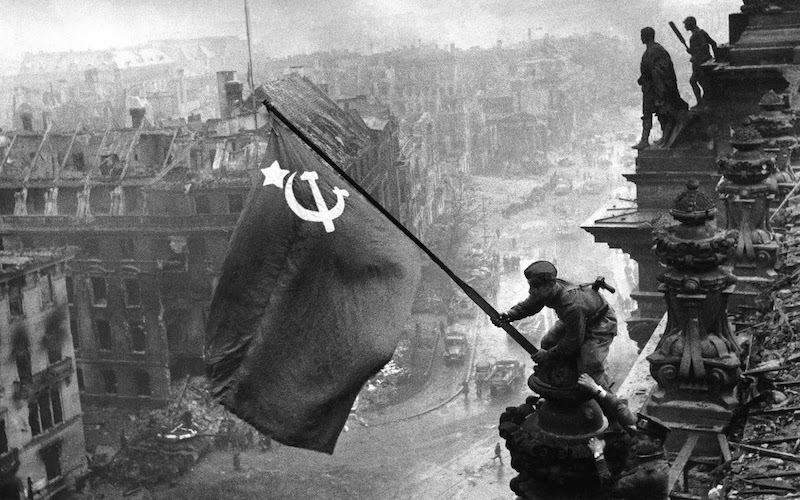
Battle of Berlin
The North African campaign was fought between the Allies and the Axis powers. Many of them had colonial interests in the region. The campaign started with the Italian declaration of war on Britain. During operation Compass the British destroyed the Italian 10th Army and the German Afrika Korps was dispatched to aid the Italians. A series of battles for control of Libya and parts of Egypt followed. The campaign reached its climax with the second battle of El Alamein when the British forces defeated the Germans. After this defeat, and the concurrent Anglo-American landings in French Morocco and Algeria code named operation Torch, the Germans started their retreat towards Tunisia. There they were defeated by the combined forces of the Allied armies.
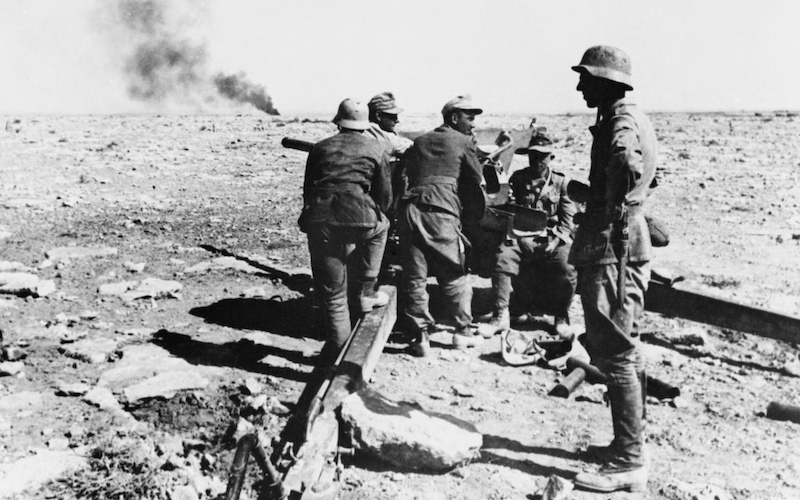
Western Desert Campaign until the Fall of Tobruk
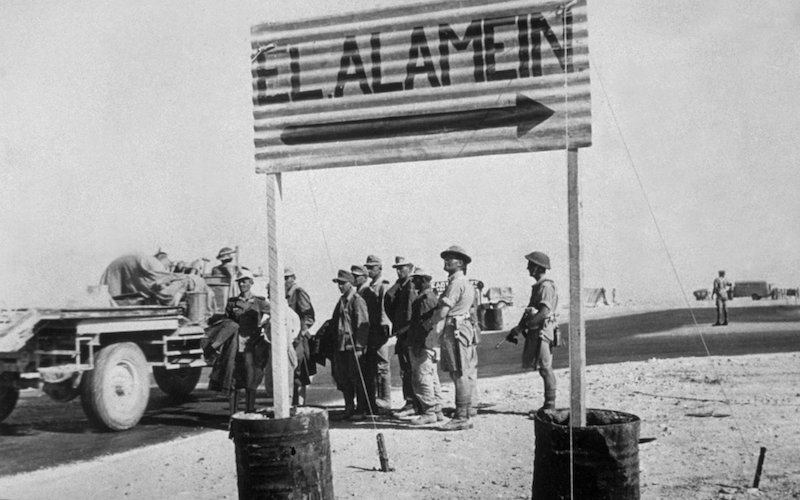
Battles of El Alamein
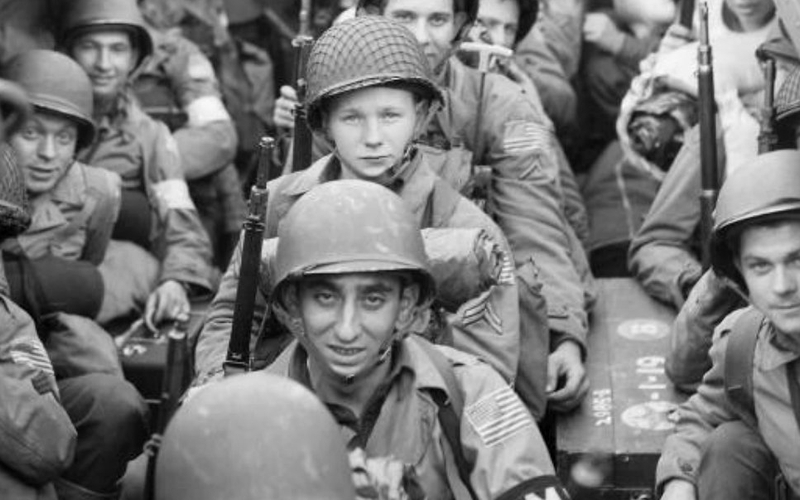
Operation Torch
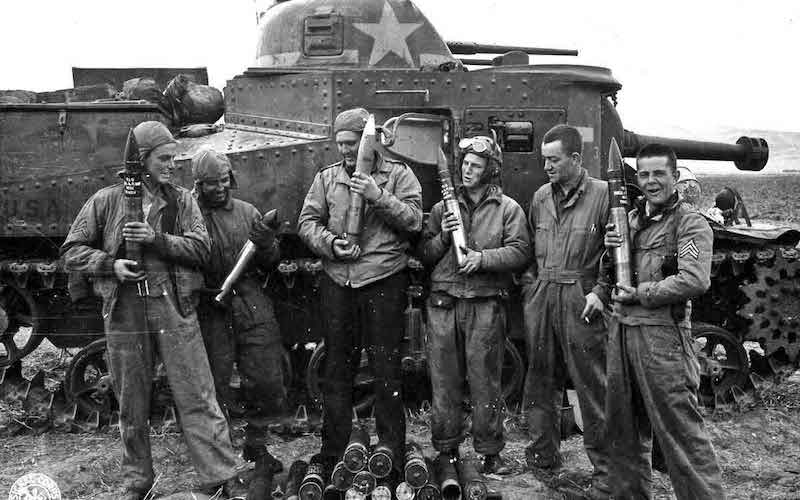
Tunisian Campaign
After the defeat of the German Afrika Korps the Allies organized the invasion of Sicily. The success of this operation led to the Allied invasion of Italy. After a successful D-Day the Allied forces started their march towards Rome. The city was captured after the Allies won the battle of Monte Cassino and Anzio landings. After the fall of Rome the Germans retreated in Northern Italy, where they were defeated the following spring.
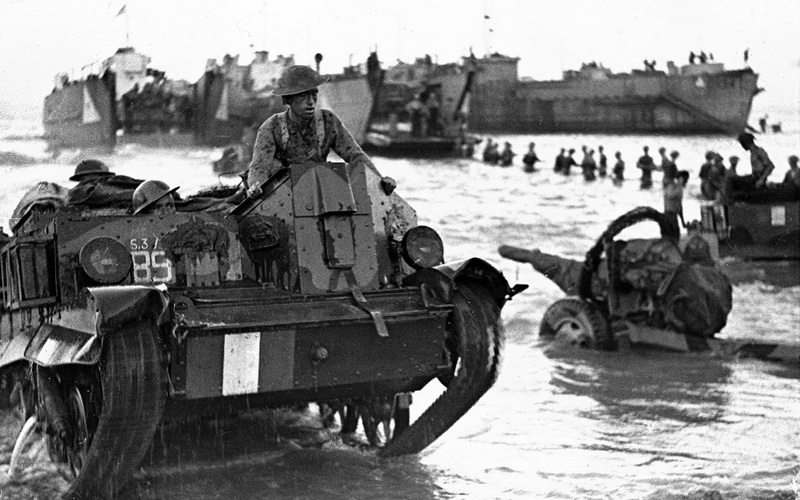
Allied invasion of Sicily
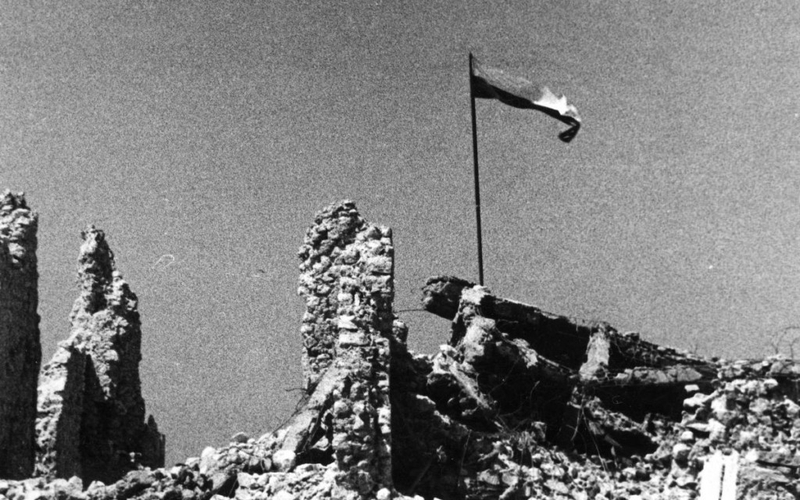
Italian Campaign
The Balkans campaign of the Second World War started with the Italian invasion of Greece from the already Italian-occupied Albania. However, the Italian offensive was stopped by the Greek army, which organized a counterattack that pushed the Italian lines back into Albania. After a pro-Allied coup took place in Yugoslavia, Germany invaded and occupied the country, while at the same time invading Greece in order to aid Italy. Even though the Greek defenses were shored up by British troops, the Axis forces managed to overrun the country and occupy the capital, Athens.
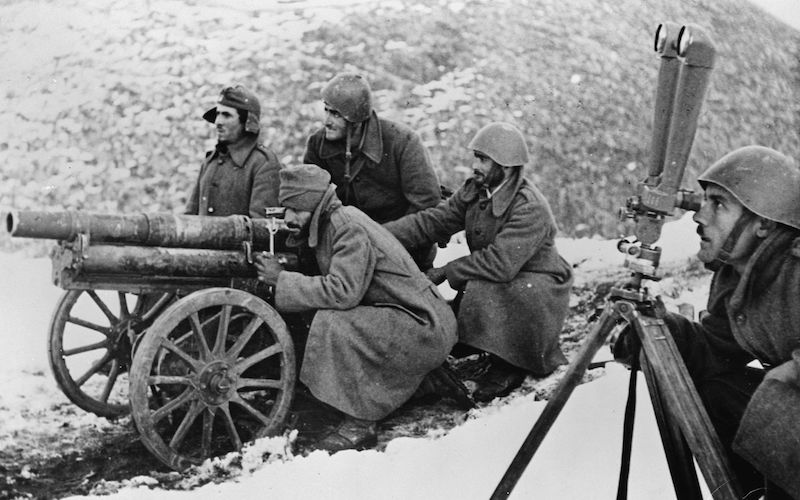
Greco-Italian War
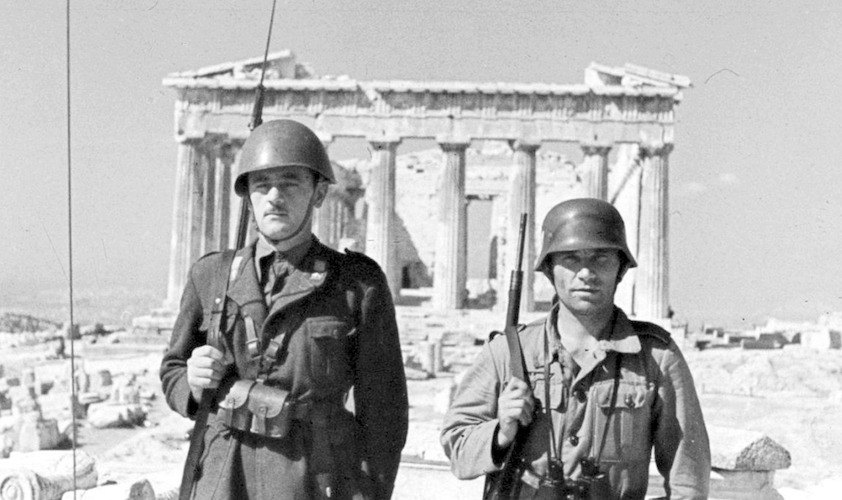
German invasion of Greece and Yugoslavia
During World War Two, Iraq, Iran, Syria and Lebanon were disputed between the Allied and Axis forces in the region for the valuable oil resources that the region contained. After short campaigns the Allies emerged victorious in each theater.
The Pacific War started with the Japanese attack of the American naval base at Pearl Harbor, Hawaii. Although the Japanese caught the US by surprise and inflicted heavy losses, they did not ultimately manage to win a decisive victory at Pearl Harbor. After the start of the conflict, the Japanese launched a general offensive in southeast Asia which lasted several months. British Malaya, Thailand, Hong Kong, Wake Island, the Dutch East Indies and other territories were occupied by the Japanese forces.
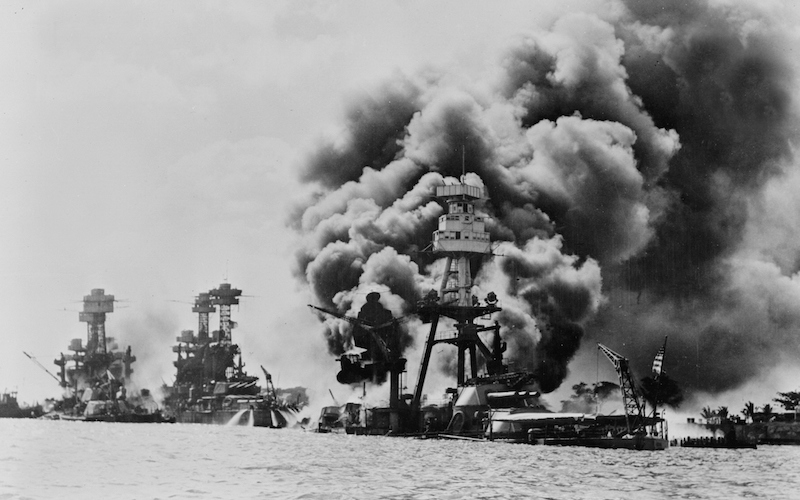
Attack on Pearl Harbor
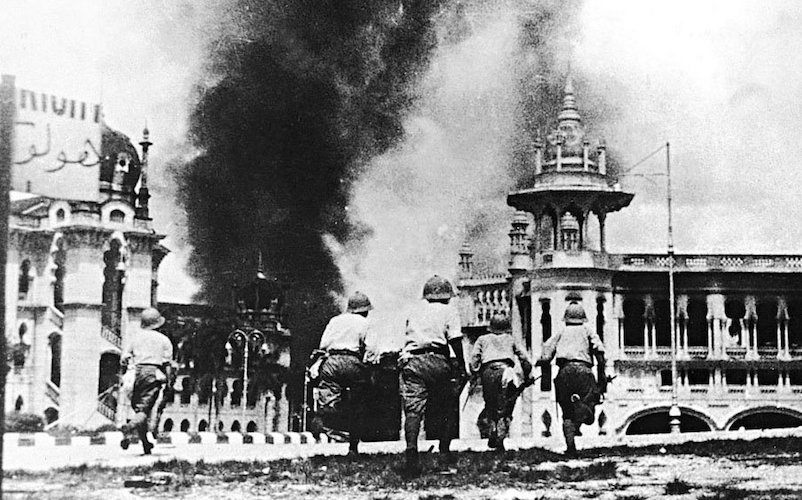
Japanese offensives 1941-1942
In the spring of 1942 the Japanese forces enjoyed some resounding successes against the Allied forces in the Pacific. The next step in their conquest was occupying Port Moresby, a strategic location in New Guinea. The American forces were determined not to let that happen and so they concentrated their naval forces around it. The Battle of the Coral Sea proved to be a strategic victory for the Americans, as the Japanese lost vital assets in the battle. Following the Coral Sea, the Battle of Midway proved to be a decisive victory for the American navy when they destroyed a good part of the Japanese forces. The Coral Sea and especially Midway proved to be the turning points in the war against Japan.
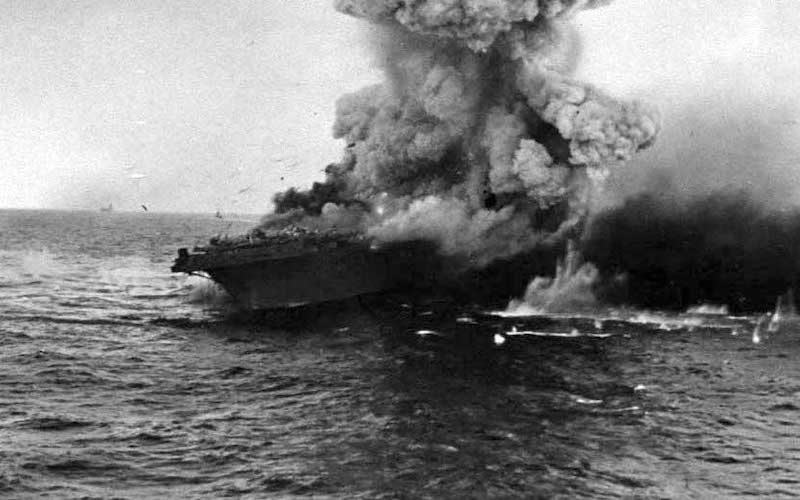
Battle of the Coral Sea
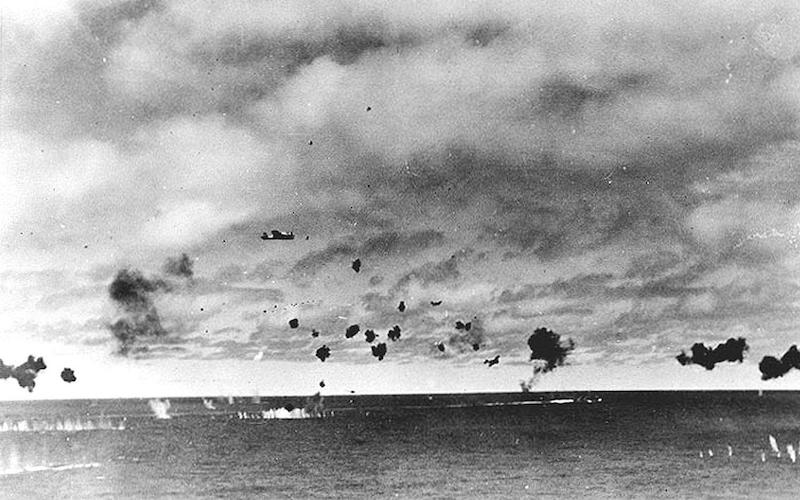
Battle of Midway
After Midway the Allies organized their first major offensive of the war when American forces staged an amphibious landing on the Japanese-occupied island of Guadalcanal. Although long and bloody, the battle proved to be a major victory for the US in its war against Japan. Over the next two years the Japanese and Allied losses mounted as the Japanese army and navy tried in vain to defend the various territories they had occupied, while the US started to bomb Japanese cities and industries.
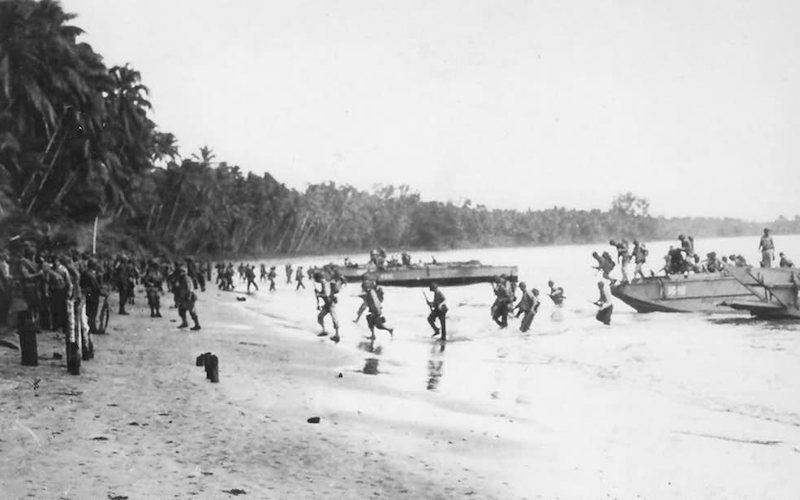
Guadalcanal Campaign
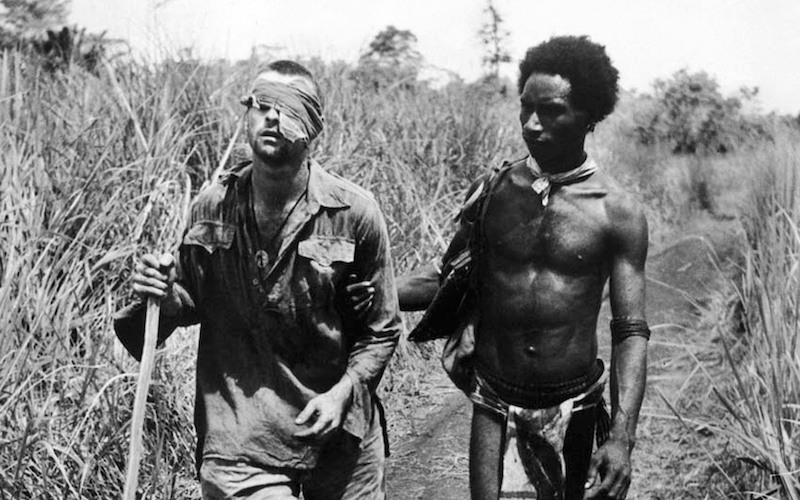
New Guinea Campaign
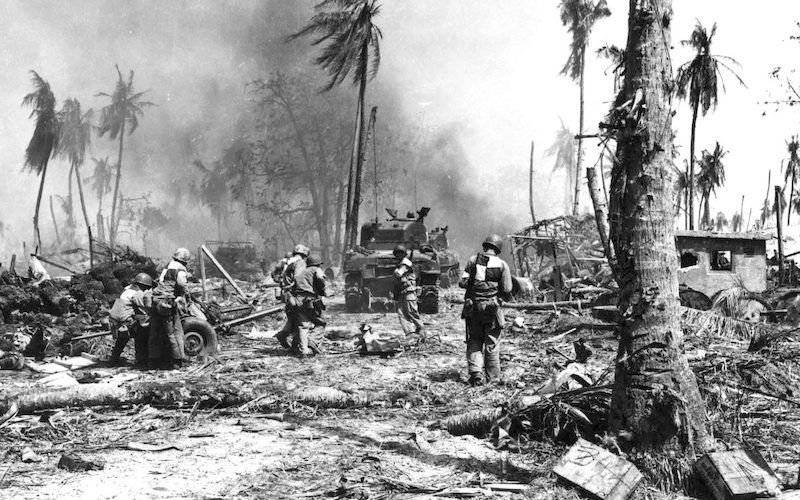
Allied offensives in the Pacific during 1943-44
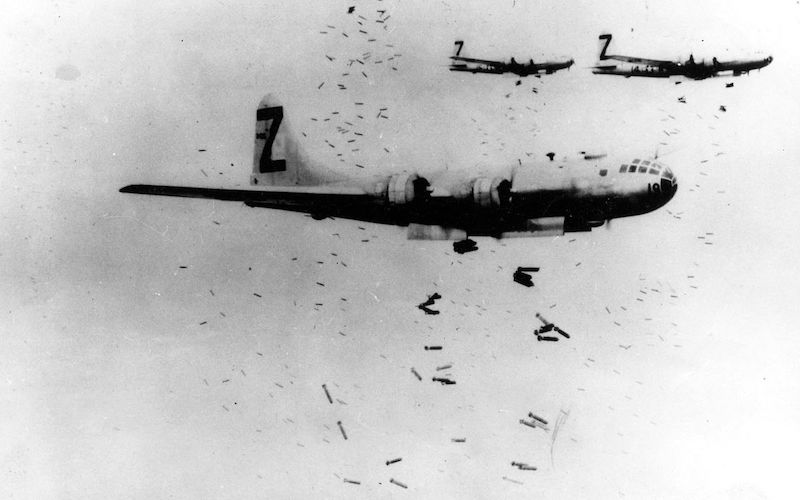
Bombing of the Japanese Islands
At the beginning of 1945 the Japanese forces, although at a serious disadvantage, were still a real threat for the Allies. The Allied invasion of Japanese territory was a complicated and difficult affair. Battles such as those at Iwo Jima and Okinawa saw some of the most brutal fighting in the entire campaign. The Australians, too, struggled at Borneo. After the Soviet invasion of Manchuria and the American atomic bombings of Hiroshima and Nagasaki, the Japanese government finally decided to surrender. The final surrender took place aboard the USS Missouri, in Tokyo Bay, on the 2nd of December 1945. After the war, Japan lost all its former possessions in Asia and the Pacific, while the country itself went through extensive political and cultural reforms over the following decades.
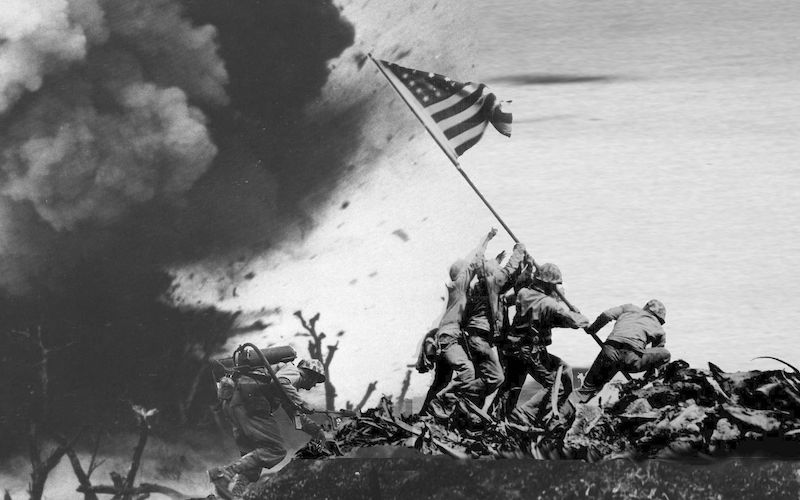
Battle of Iwo Jima
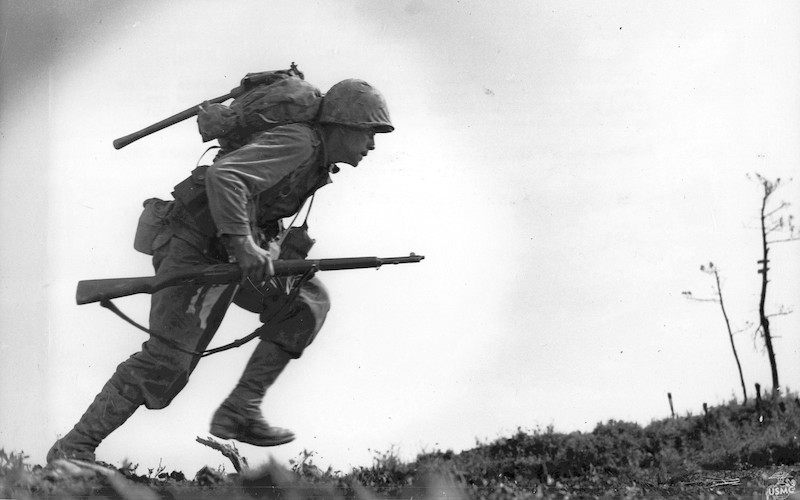
Battle of Okinawa
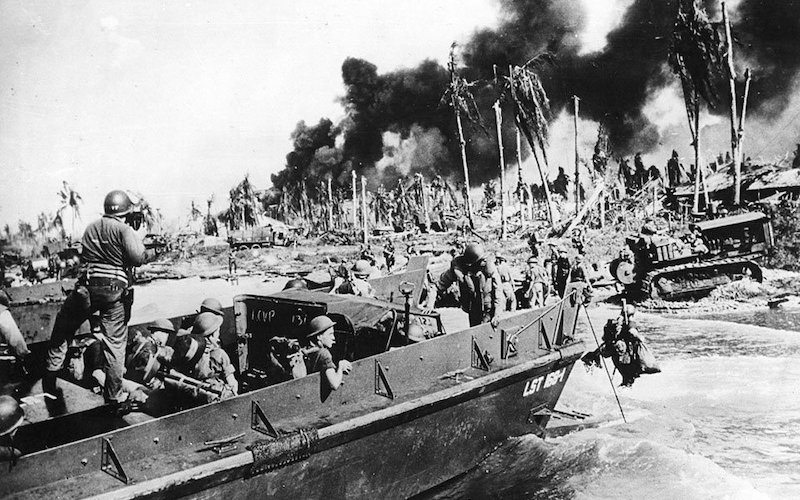
Borneo Campaign
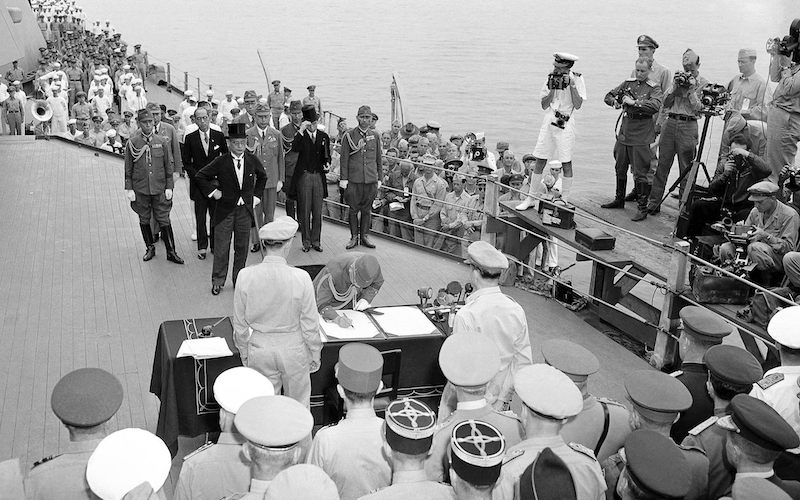
Surrender of Japan
The Burma Campaign was a series of battles which lasted from 1942 until 1945 in the British colony of Burma. The war started with the Japanese invasion and conquest of the colony in 1942. During the Japanese occupation, the British army organized a series of expeditions behind enemy lines into Burma designed to sabotage strategic Japanese holdings. In 1944 the Allies organized a major counterattack and staged an invasion of the colony to retake it from Japanese forces. The campaign ended in July 1945 when the Japanese were finally defeated.
The Philippines Campaign commenced on 8 December 1941 when the Japanese forces began an invasion of the American-held islands. The Japanese invaded Formosa and then made their way south towards the Bataan Peninsula. Although outnumbered, the American and Filipino defenders held out for five months before they evacuated. The fall of the Philippines is considered the worst defeat in US military history. For the next two years the nation was occupied by the Japanese, and no major battles were fought. Before the Allied invasion of the Philippines, an important naval battle took place in the Philippines Sea during which the US navy destroyed the Japanese navy. The liberation of the Philippines began in the fall of 1944 with amphibious landings on the island of Leyte. During the next months, the ... Allied forces proceeded to liberate Filippo territory from Japanese hands, with an especially bloody battle for Manila. The campaign ended on 15 August 1945 when the Japanese government ordered the local Japanese forces to surrender after the atomic bombings of Hiroshima and Nagasaki.read more
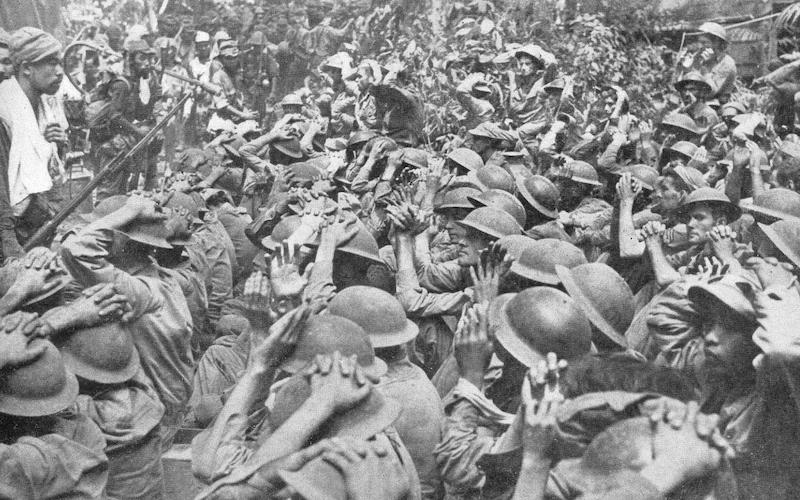
Japanese Invasion of the Philippines
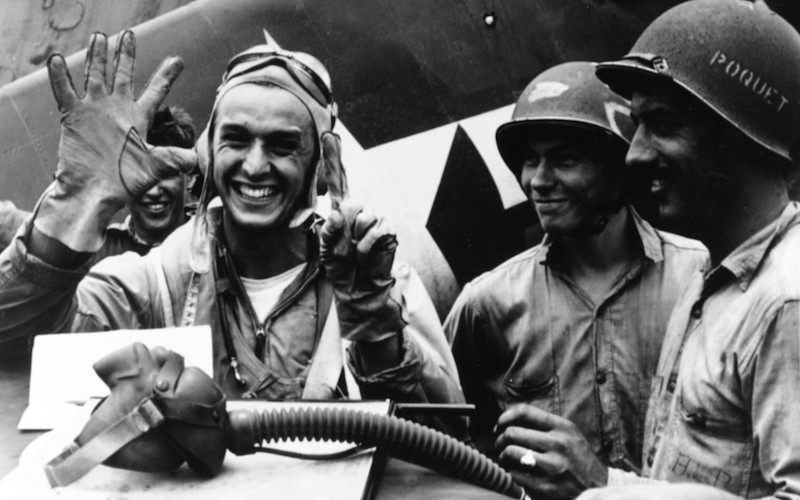
Battle of the Philippine Sea
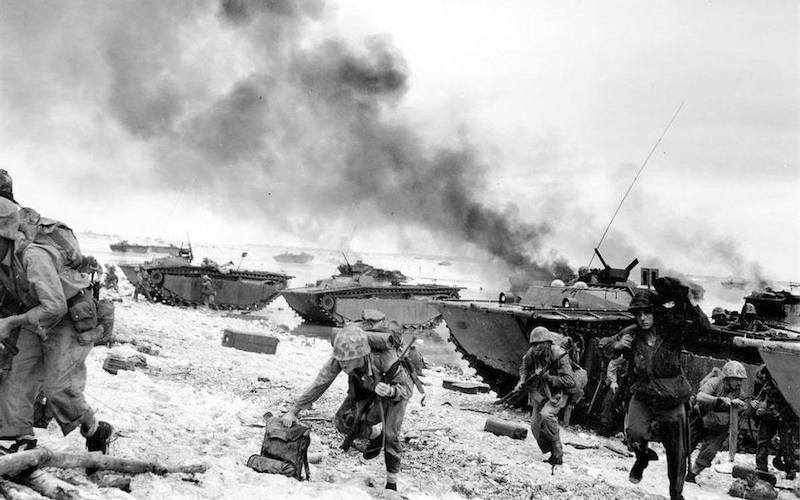
Philippines Campaign
The Second Sino-Japanese War broke out in 1937, when China began a full-scale resistance against Japanese expansionism. The war can be divided into three main phases. The first period was one of rapid Japanese advance into Chinese territory, which lasted until the end of 1938. The second phase lasted until 1944 and can best be described as a stalemate between the two sides. The last phase of the war marked a series of successive Allied counterattacks, particularly outside of China in the Pacific, which culminated with the Japanese surrender.
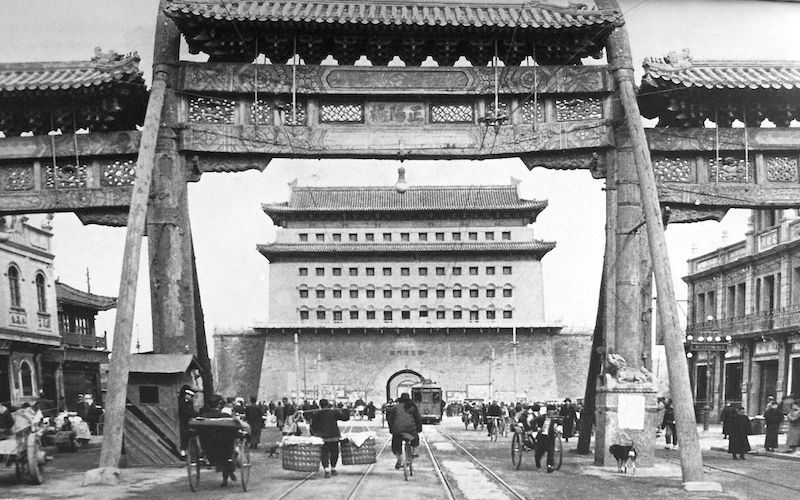
Japanese Invasion of China During the Second Sino-Japanese War
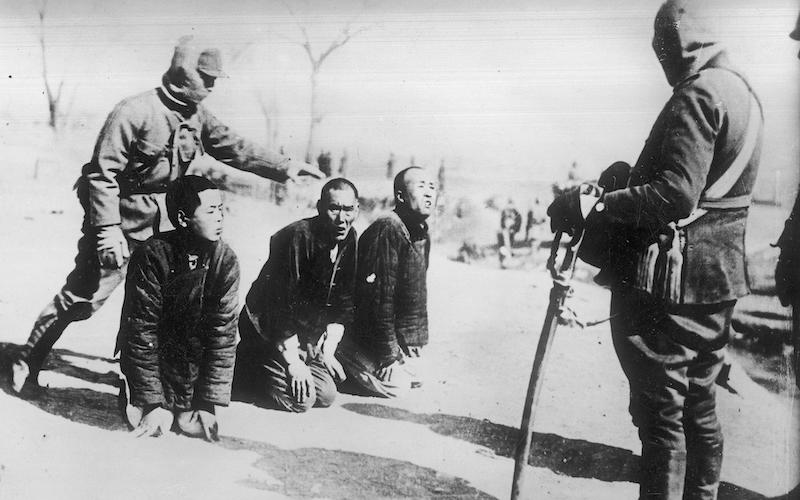
Resisting Alone: China’s Defensive War Against Japan
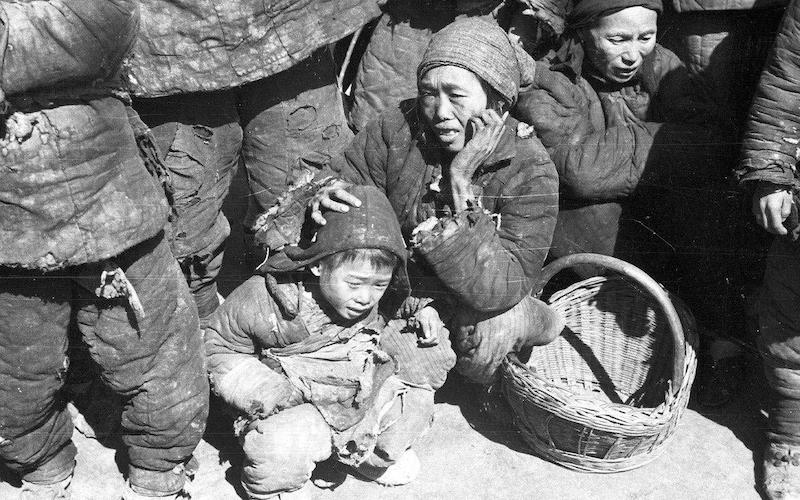
Second Sino-Japanese War: a war of alliance
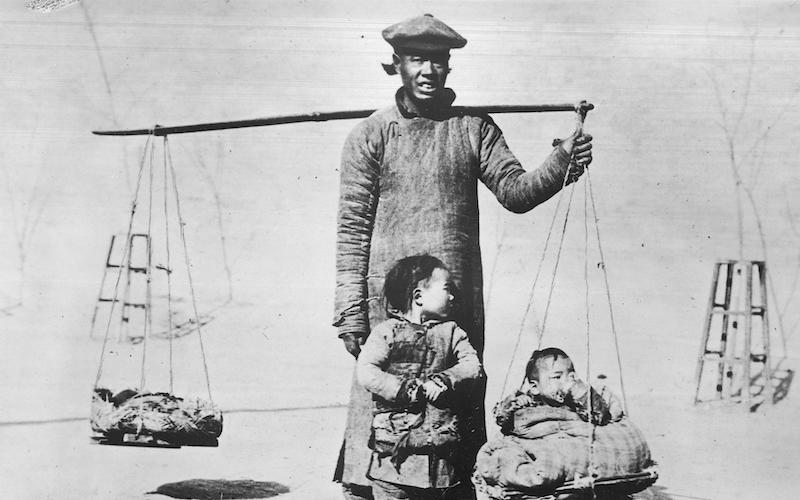
Japan's defeat in the Second Sino-Japanese War
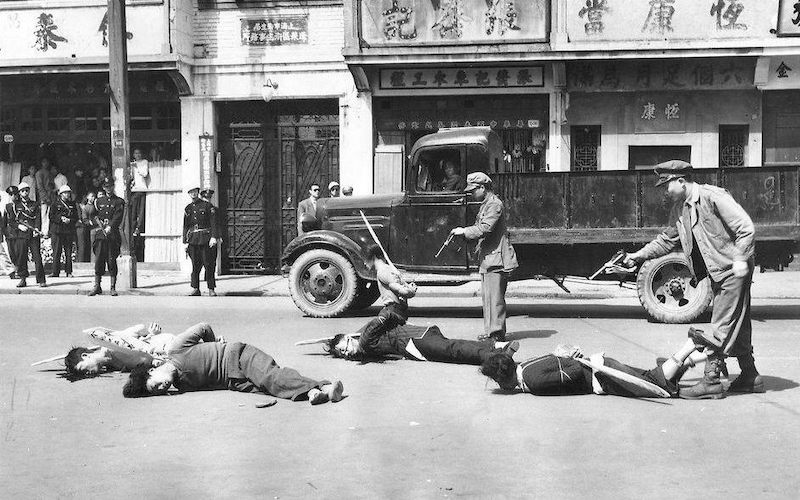
Chinese Civil War
The Tehran, Potsdam and Yalta conferences were important meetings held between the 3 major Allied powers: United States, Soviet Union and Great Britain. The meetings were pivotal in setting Allied strategy during the war, but also in shaping the world after the conflict had ended.
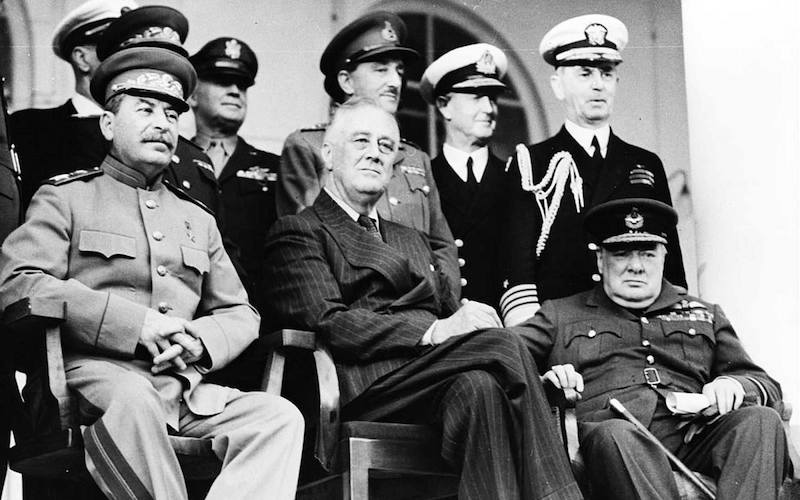
Tehran Conference
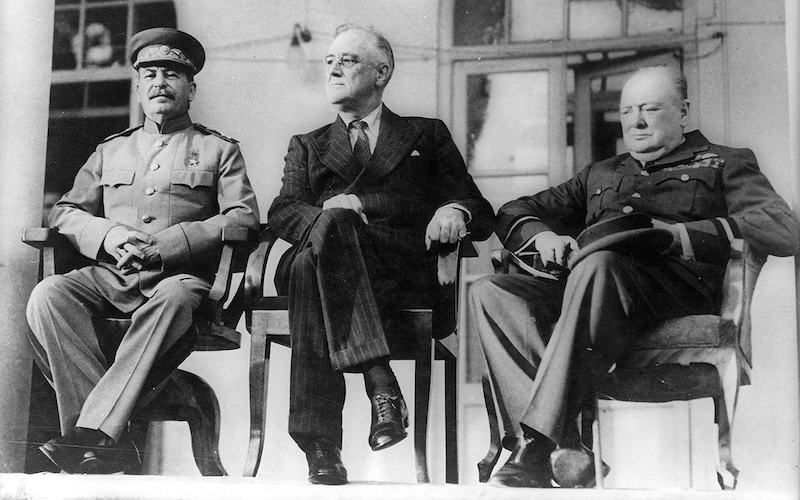
Yalta Conference

Potsdam Conference
World War Two was the most destructive conflict in human history. As the generation who fought in the war leaves us, we should take the time to remember why the war was fought. The Axis lost the war because of a series of tactical mistakes that, at the time, might have seemed the best choices of limited options. At the same time, the Allies won the war through a genuine team effort, and at great cost both financially and in the terms of human lives.
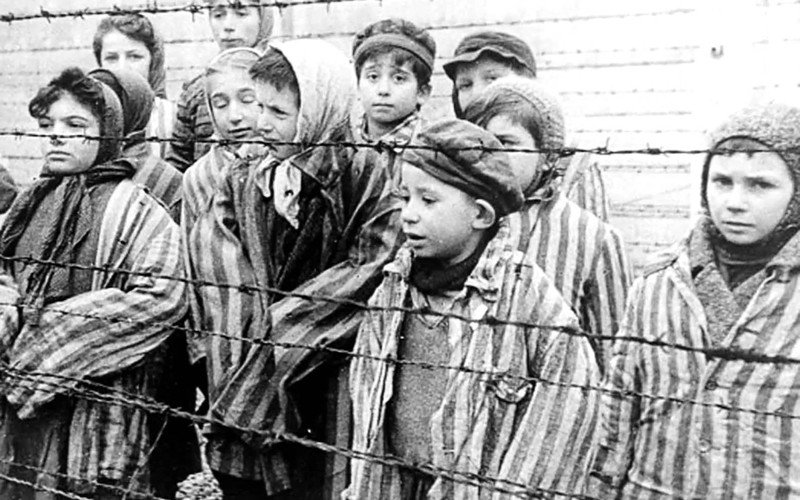
World War Two In Perspective
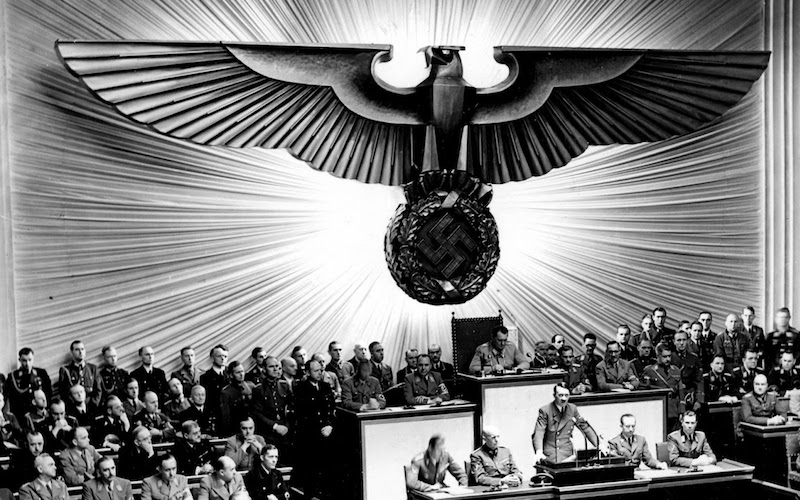
Why Germany lost World War Two and why the Allies won?
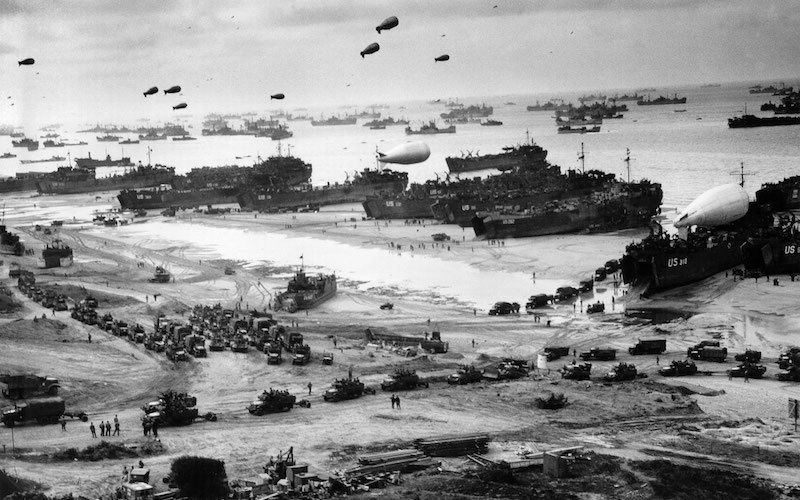
How was World War Two fought?
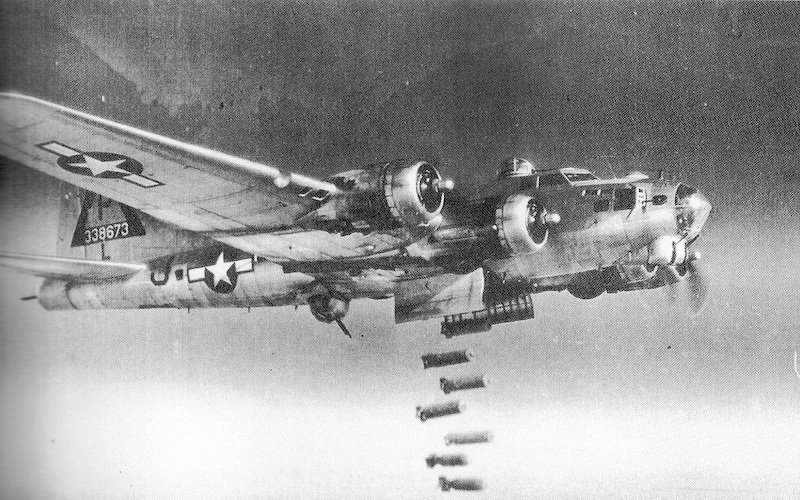
Allied bombing of Germany
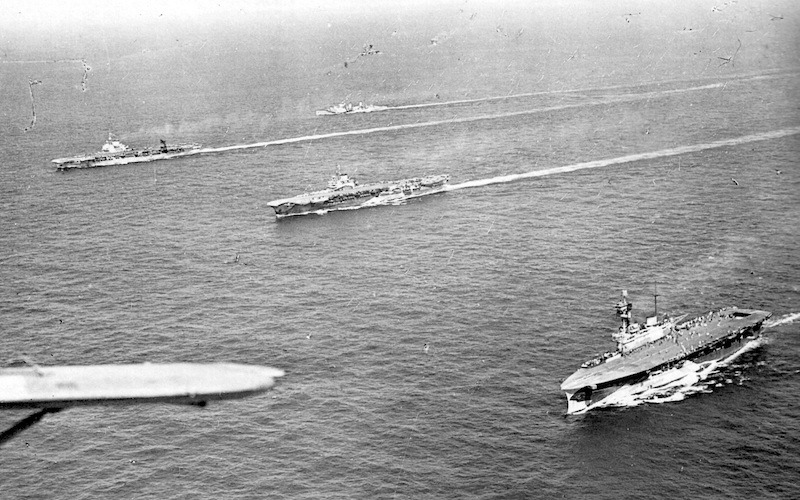
War at Sea during Word War II
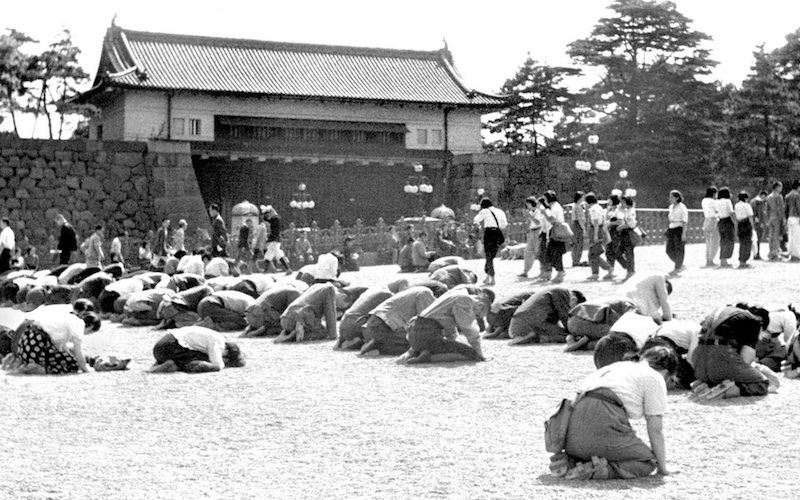
Asia after World War Two
